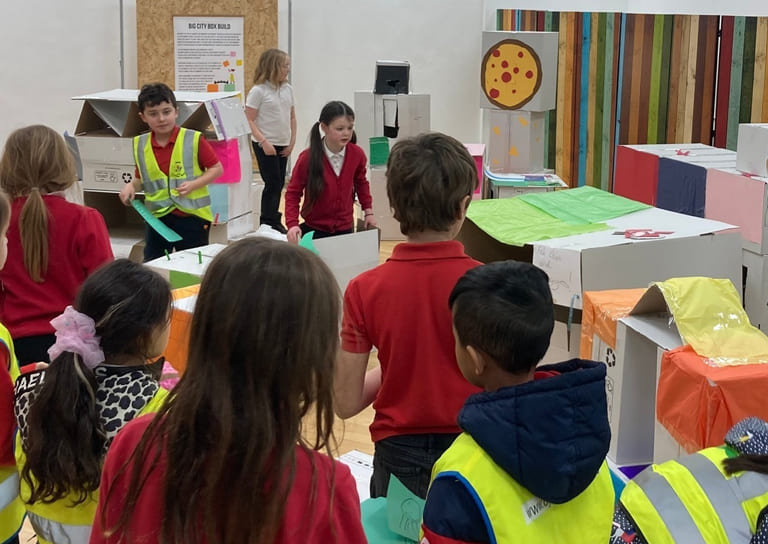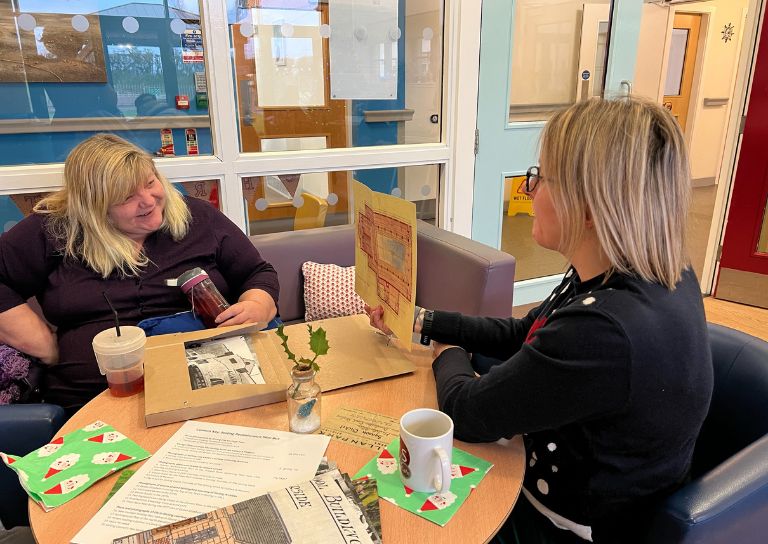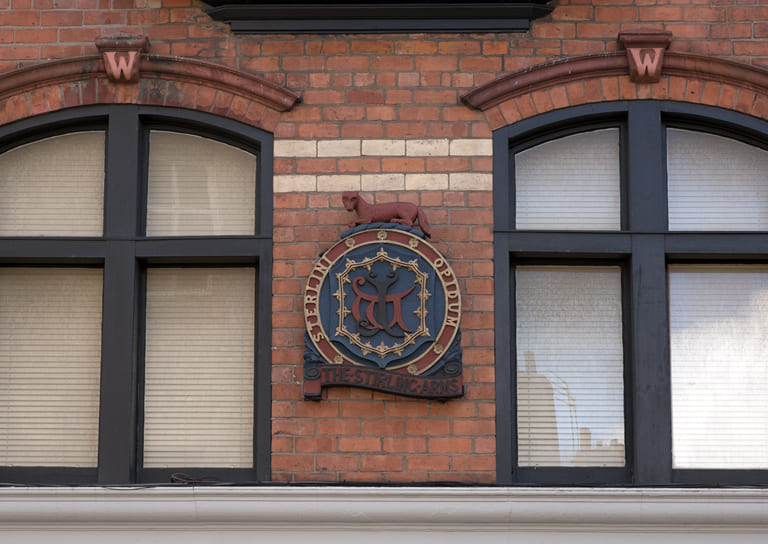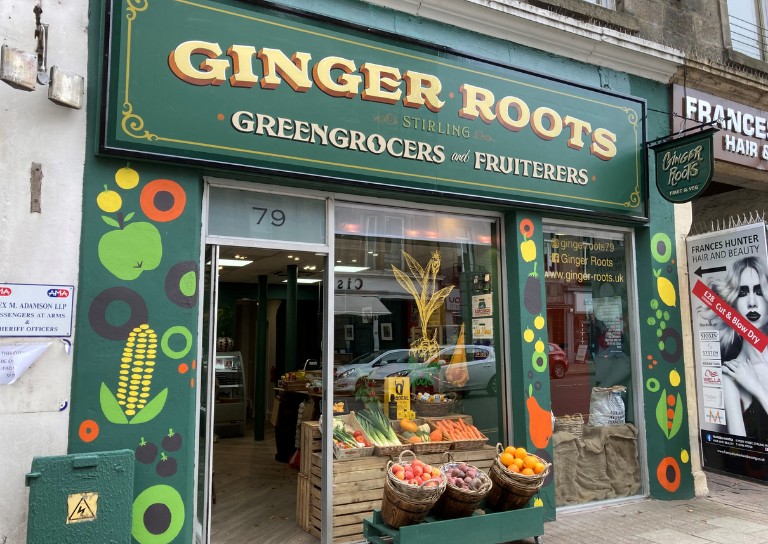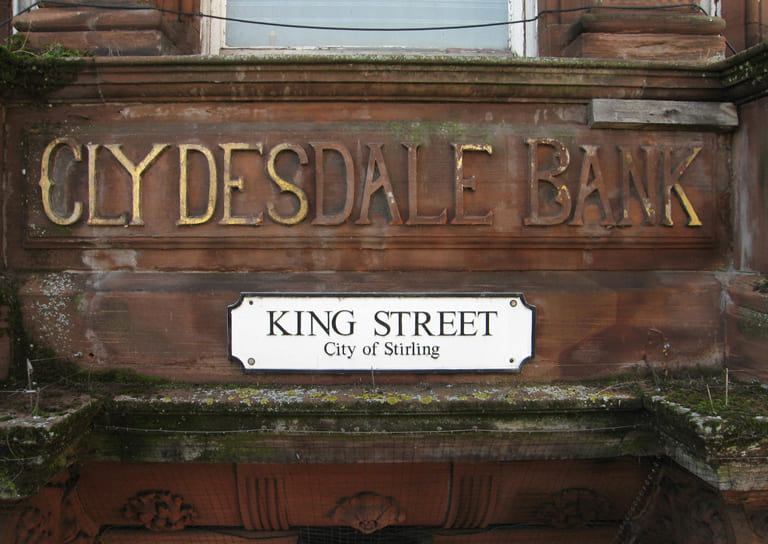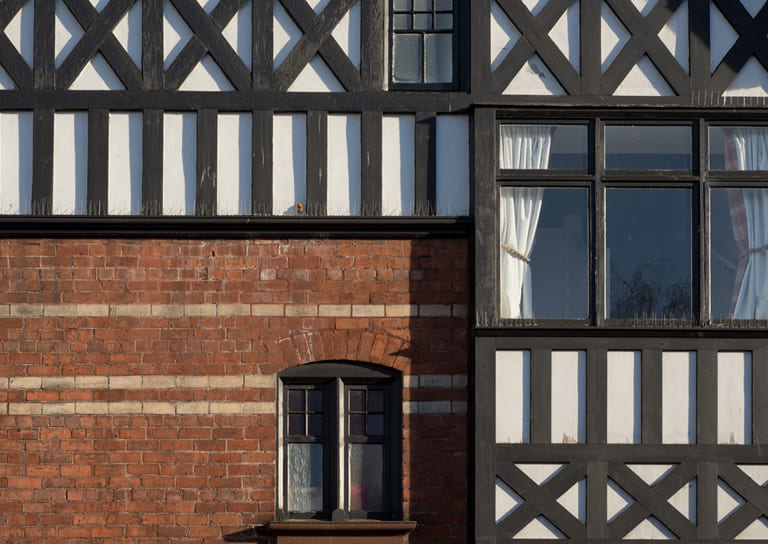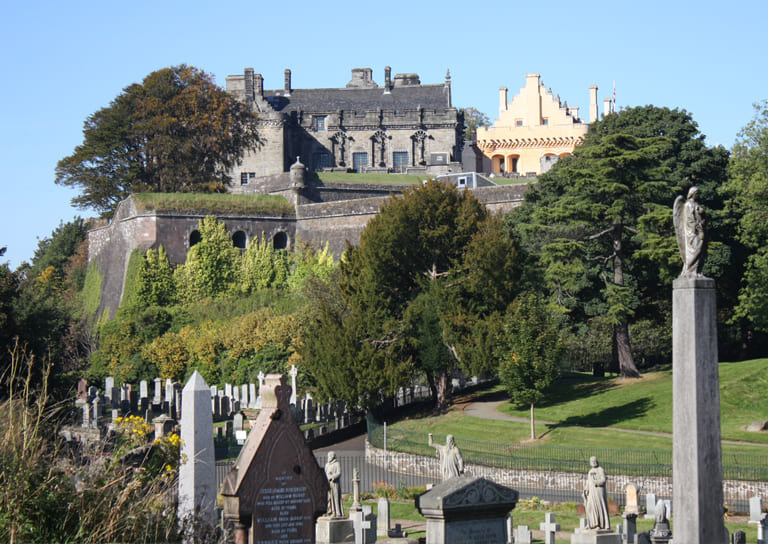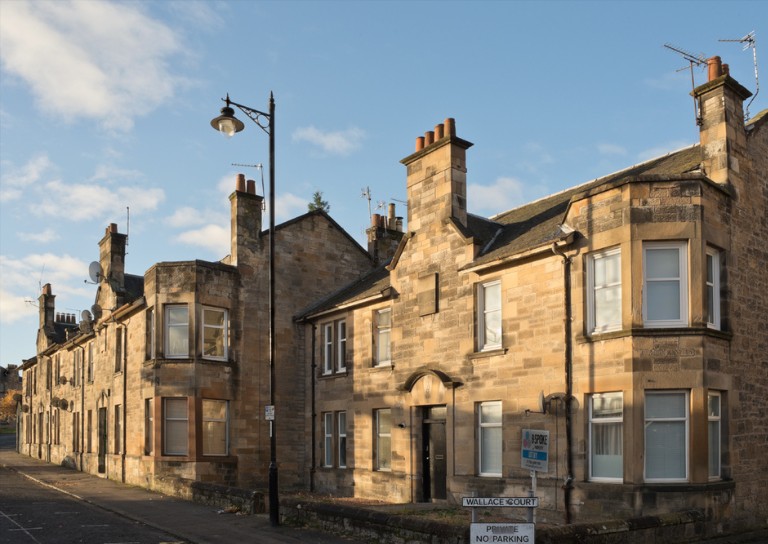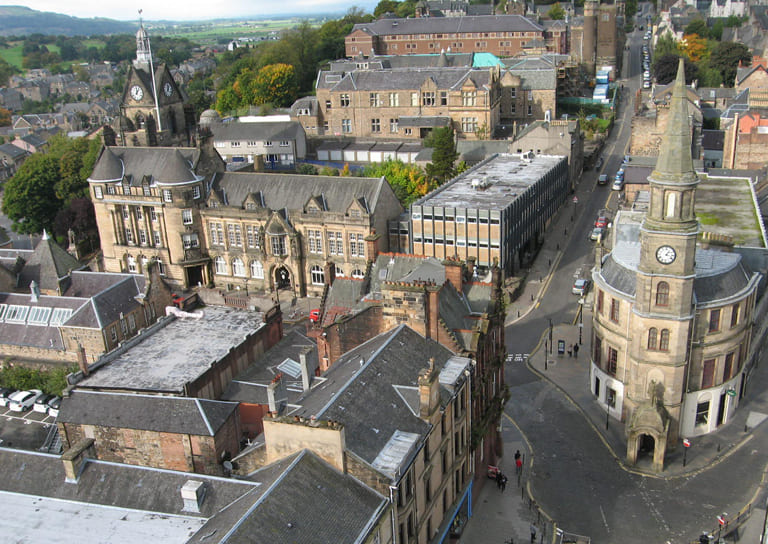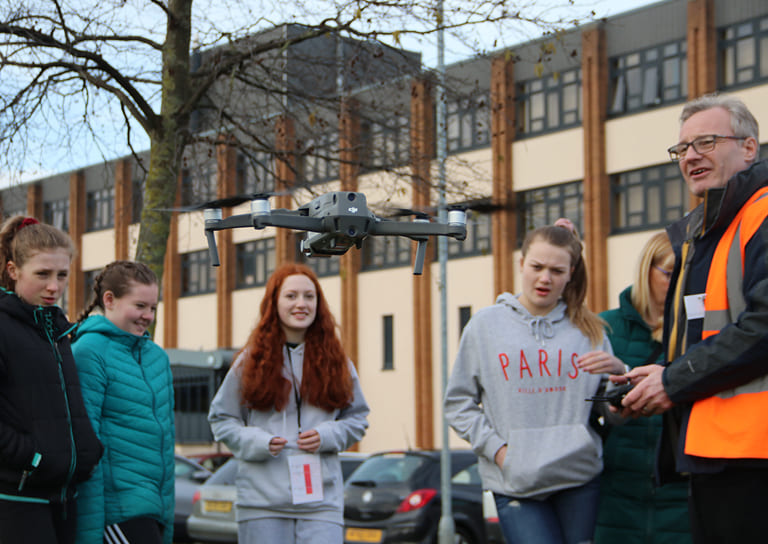- Home
- Our Work
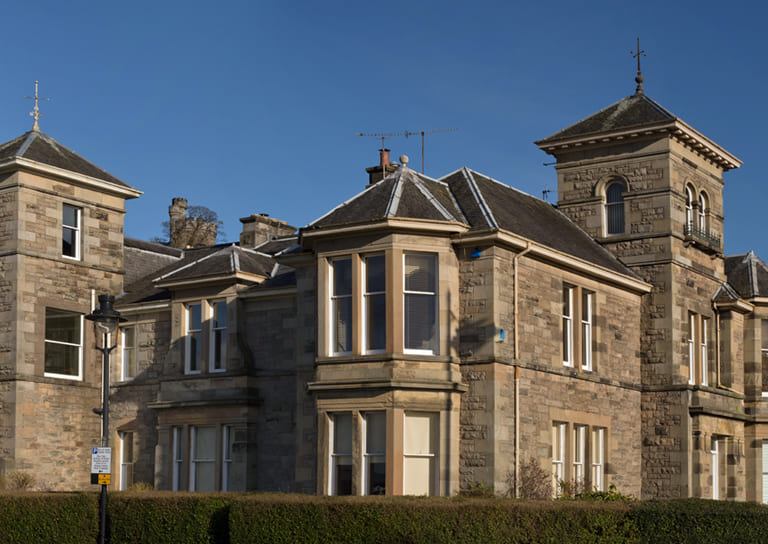
- Stirling's Story
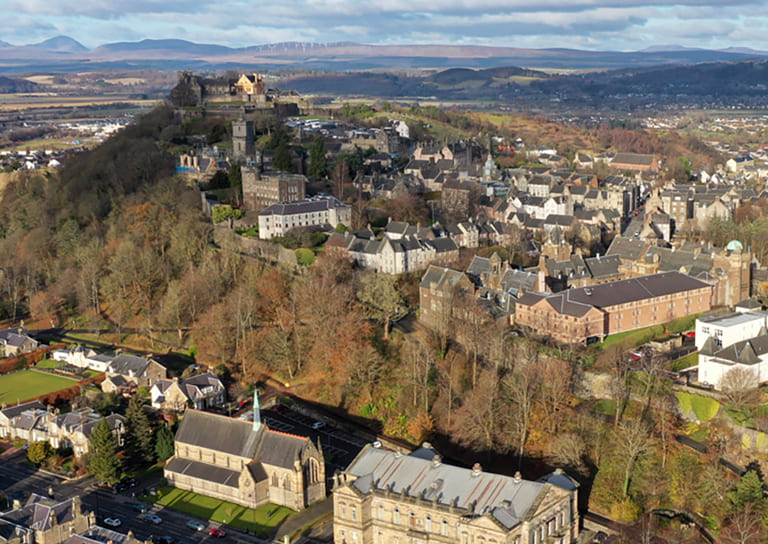
- Blog
- Women in Construction at Bannockburn House
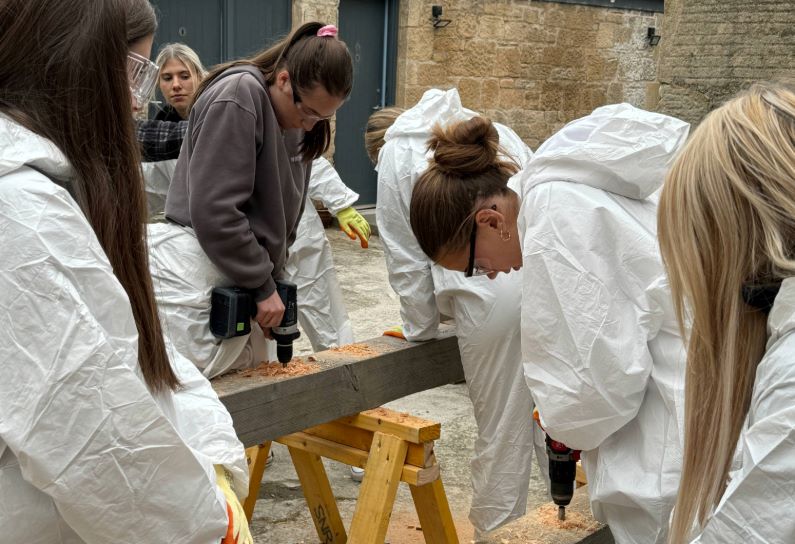
- Avenues to the Past: Stirling’s Historic Streets Exhibition
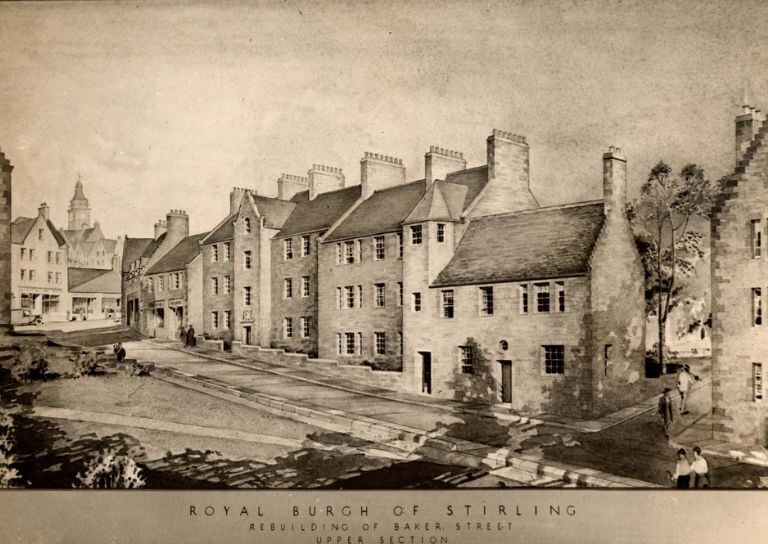
- Stirling Business Awards 2025

- What is a Conservation Area
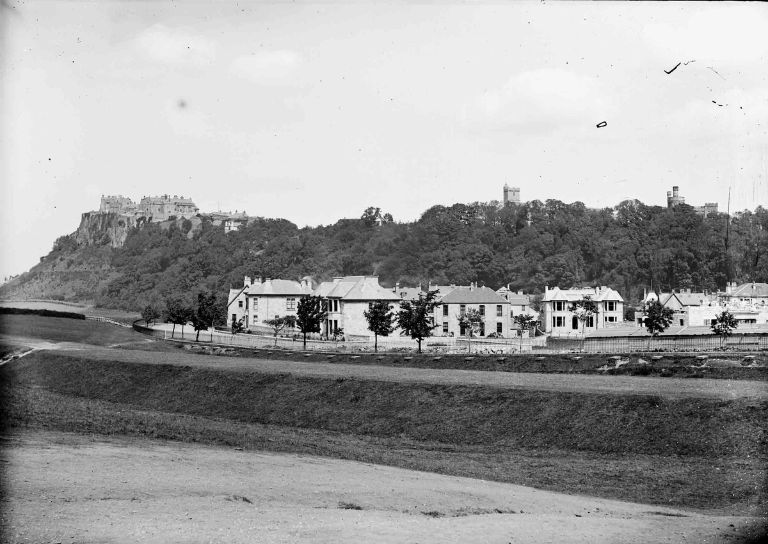
- 20 Great Buildings of Stirling
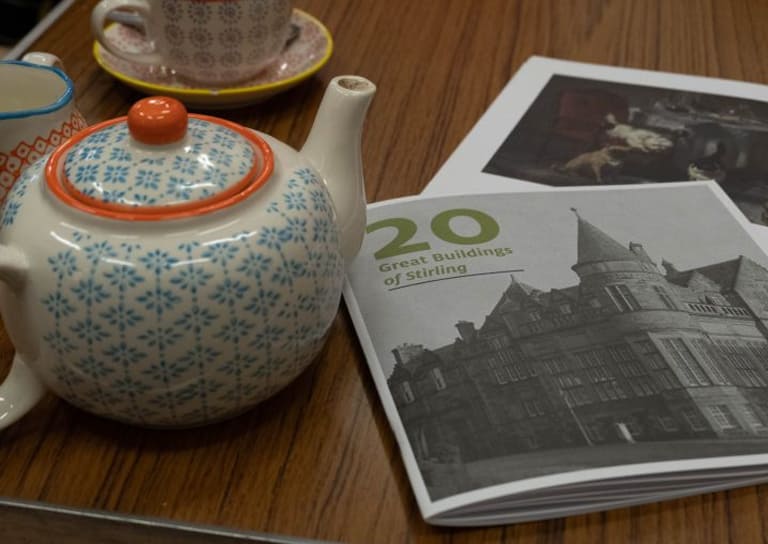
- Reminiscence Art Project
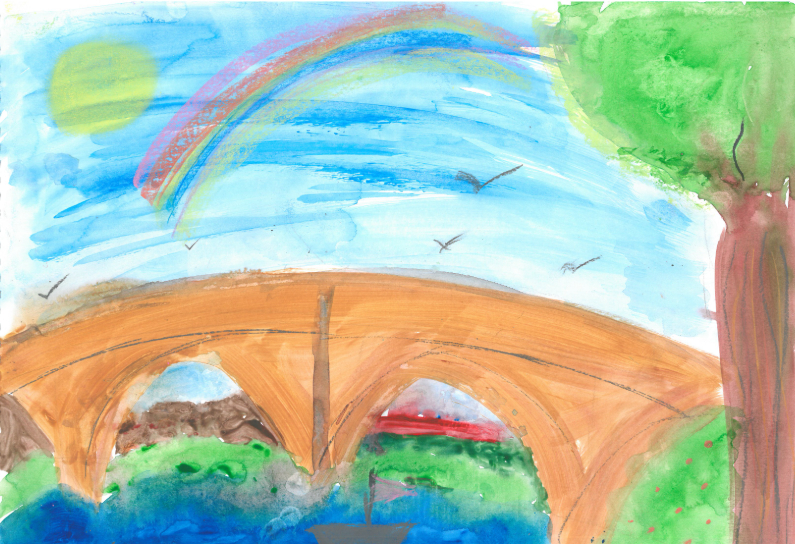
- On the European Stage: Preserving by Maintaining conference, Bratislava
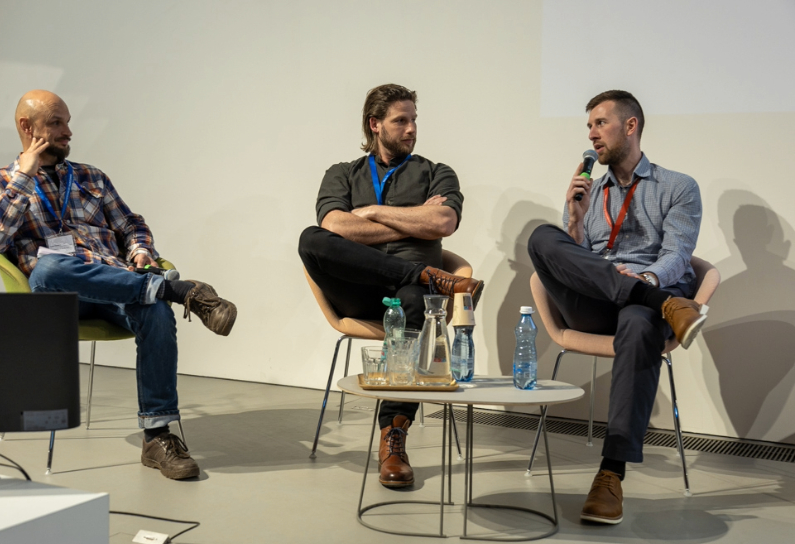
- The Abolition Movement in Stirling
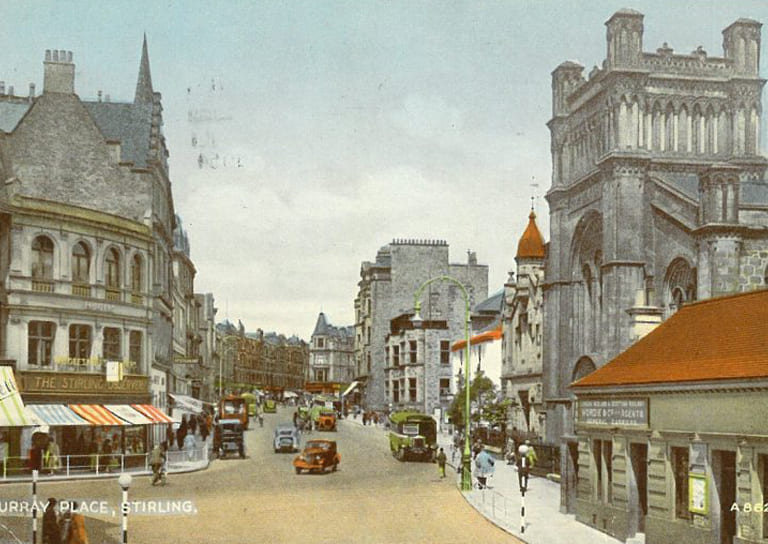
- Practical Workshop on Retrofitting Insulation with A. Proctor Group
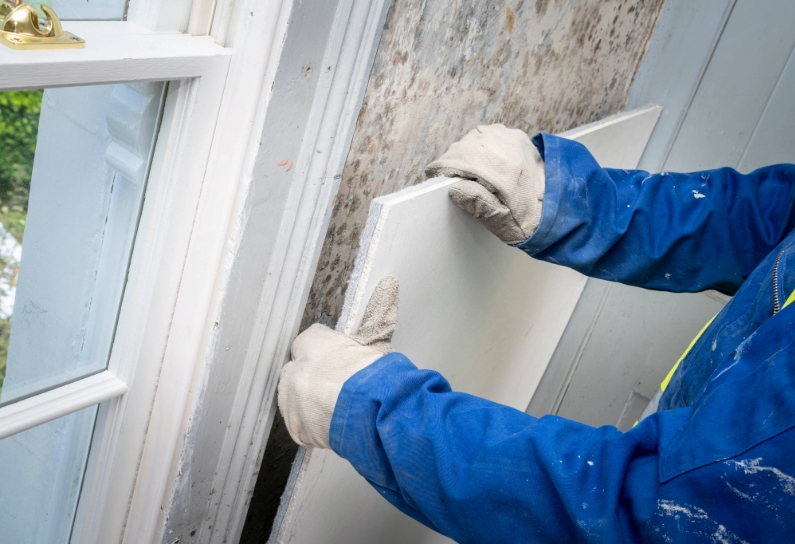
- Walker Family Visit
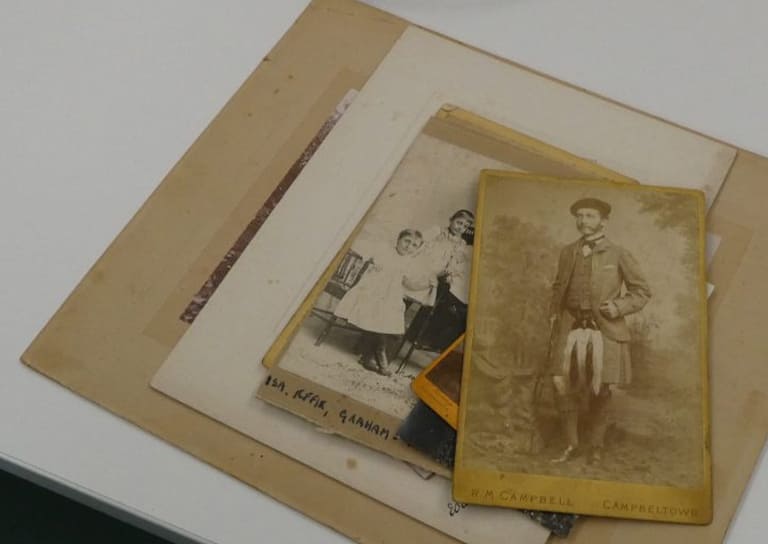
- Ghost Tales from Stirling
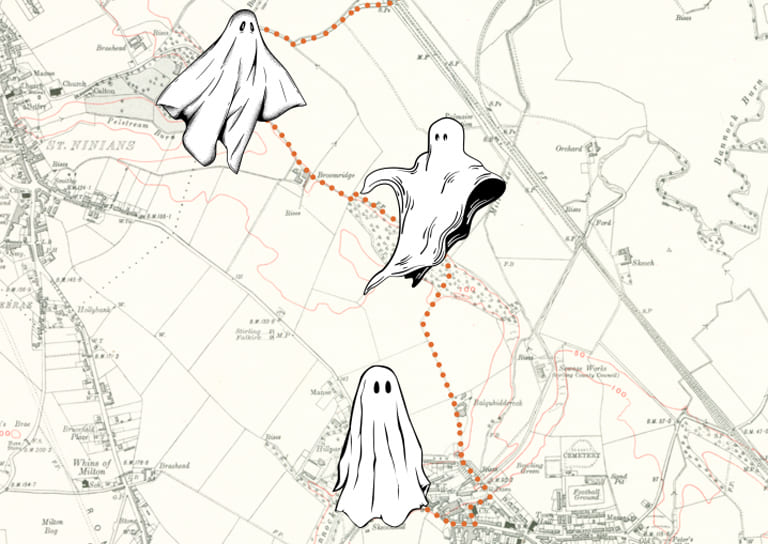
- Snowdon House and The West Indies
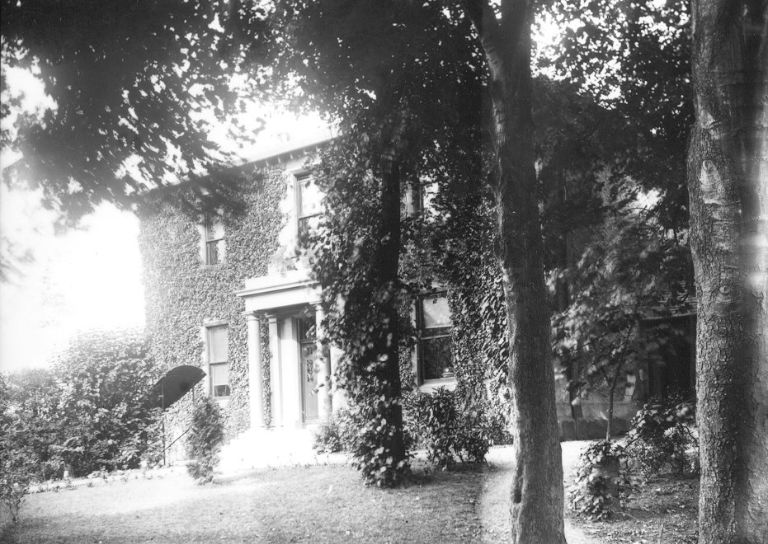
- Stirling’s Streetscape Stories: Photography Workshop
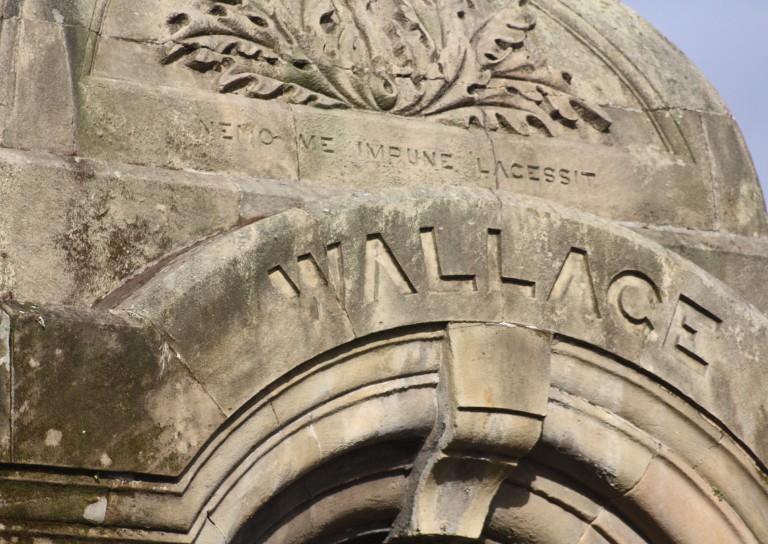
- Stirlingshire’s Highland Games
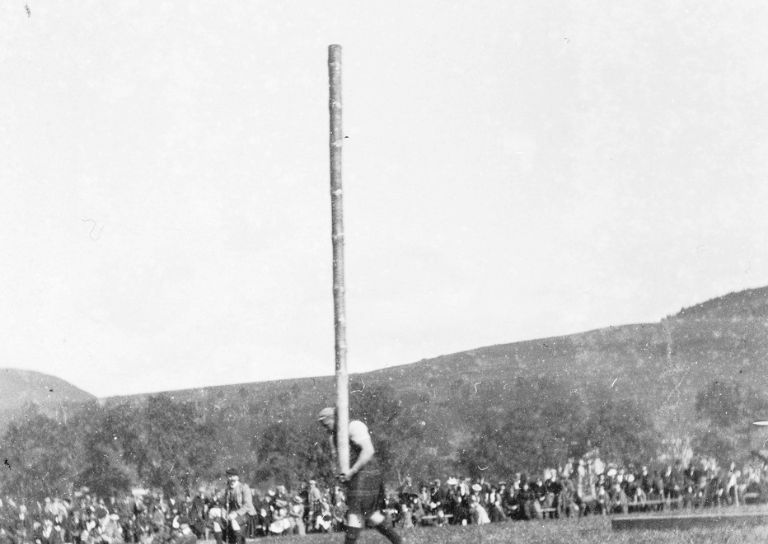
- Creative careers in the heritage sector
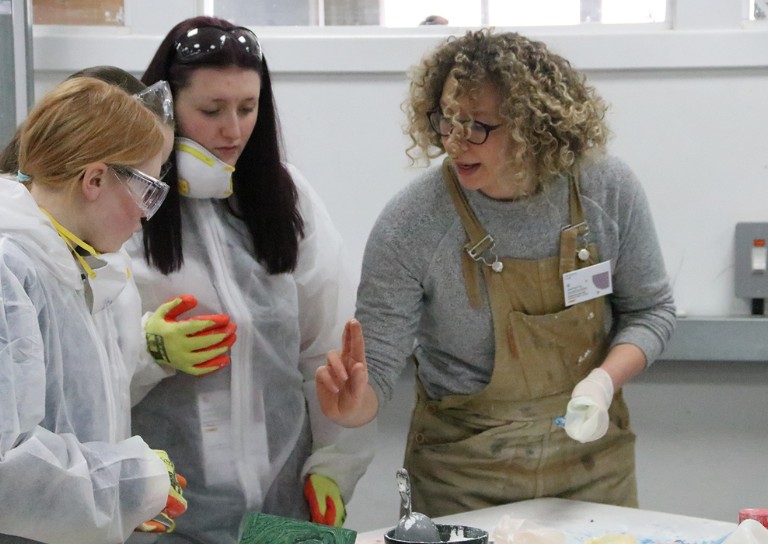
- Postcards From Stirling
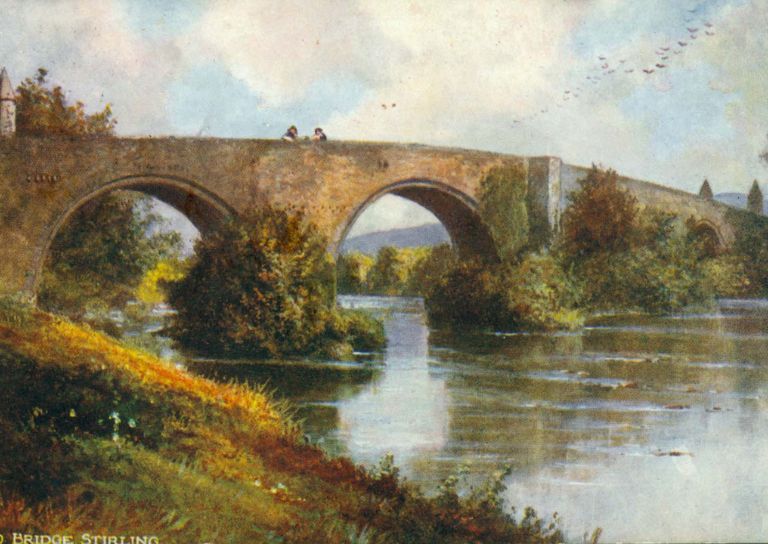
- Stirling’s Gala Days
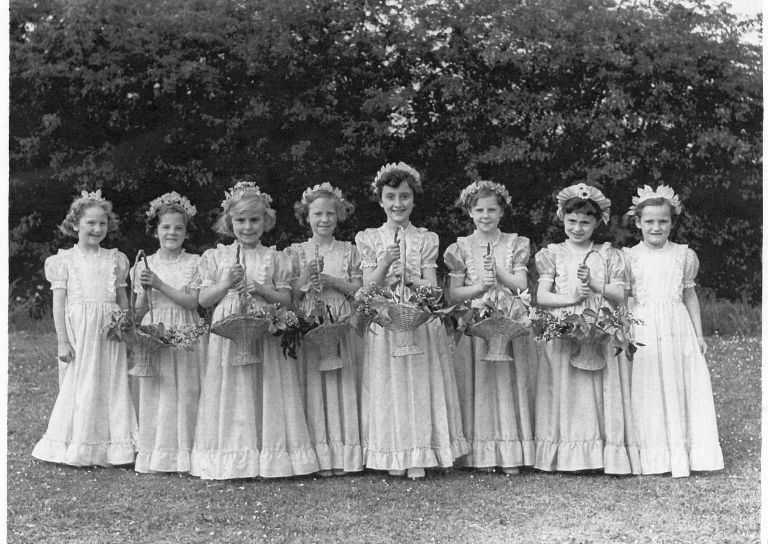
- Building Surveying Student Intern at Stirling City Heritage Trust
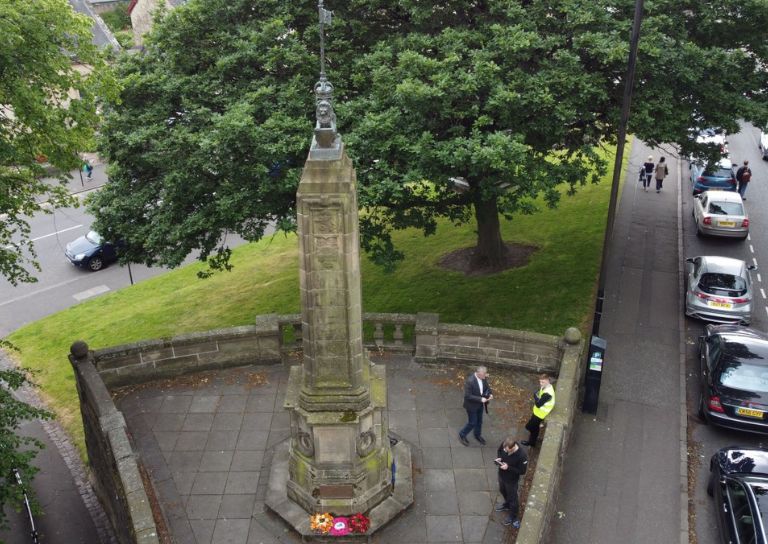
- Heritage Trail: Stirling Walks
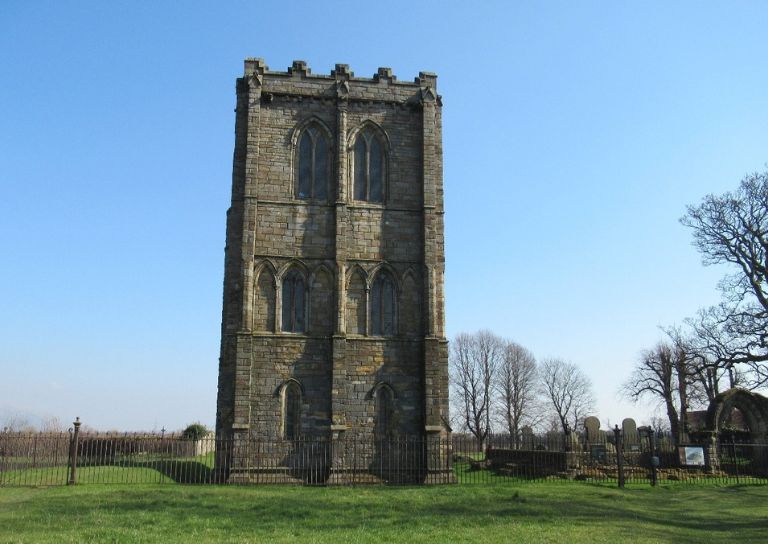
- Local History Resources
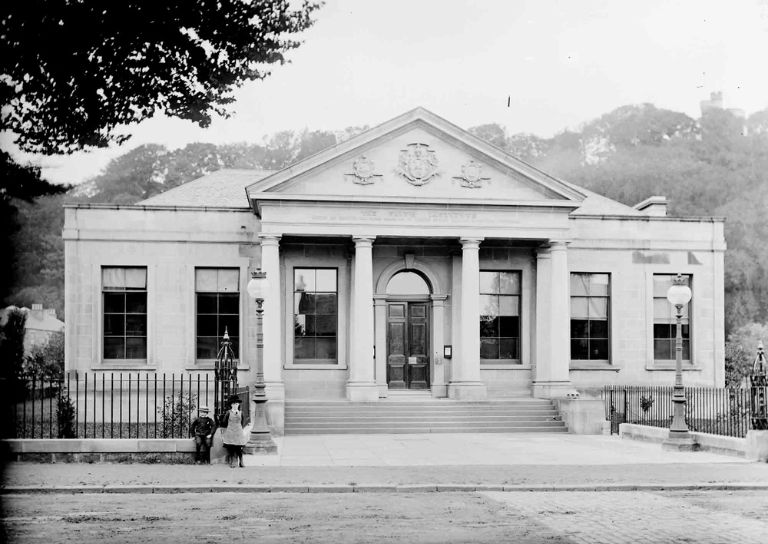
- Stirling Through the Decades
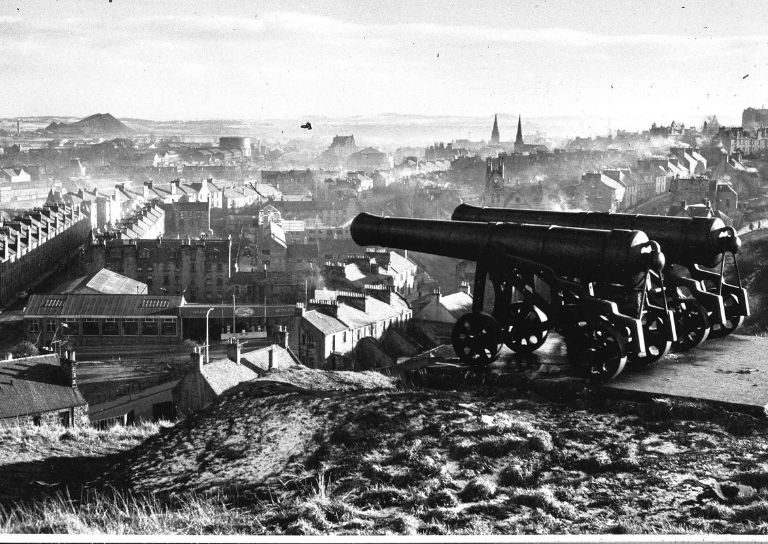
- Stirling’s STEM Pioneers
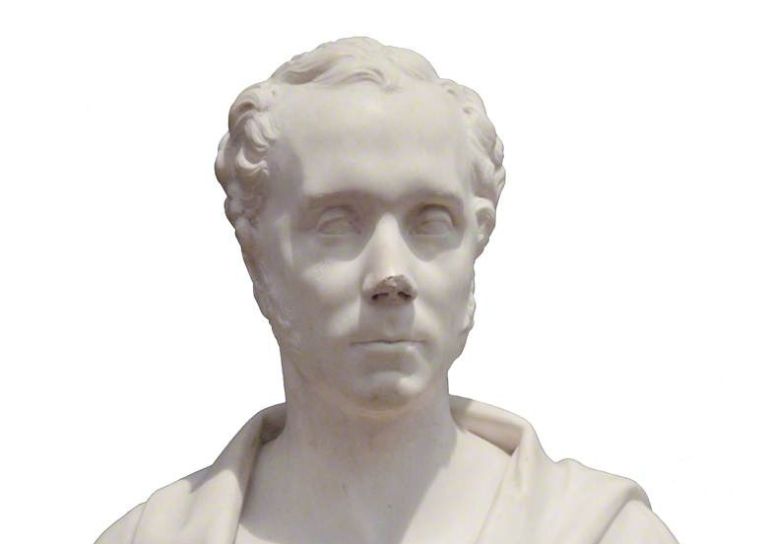
- Traditional Skills: Signwriting
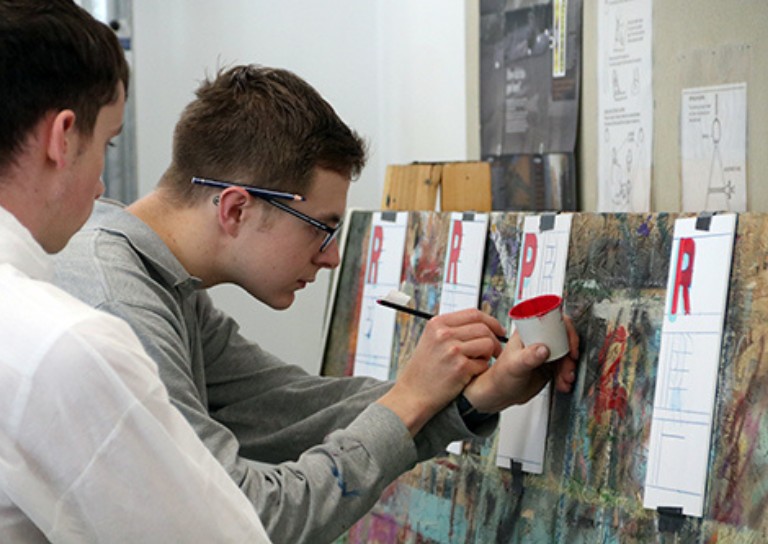
- Christian MacLagan, a pioneering lady, but born too soon?
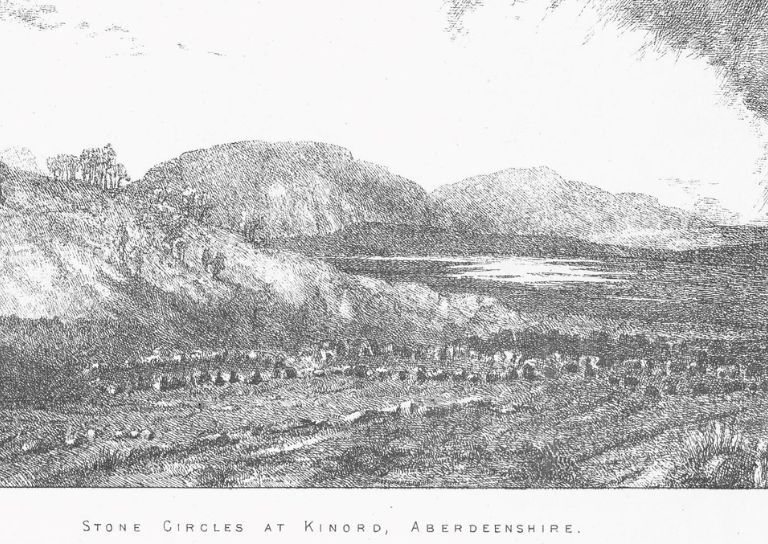
- Traditional Shopfronts in Stirling
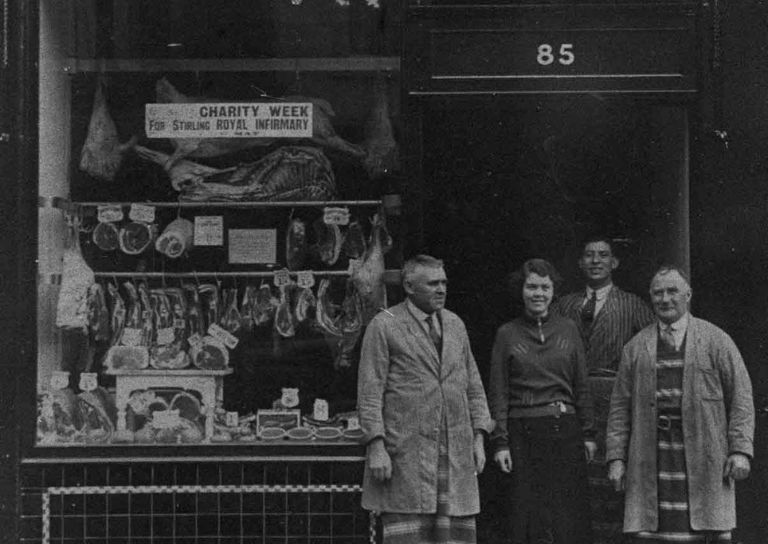
- Stirling History Books for World Book Day
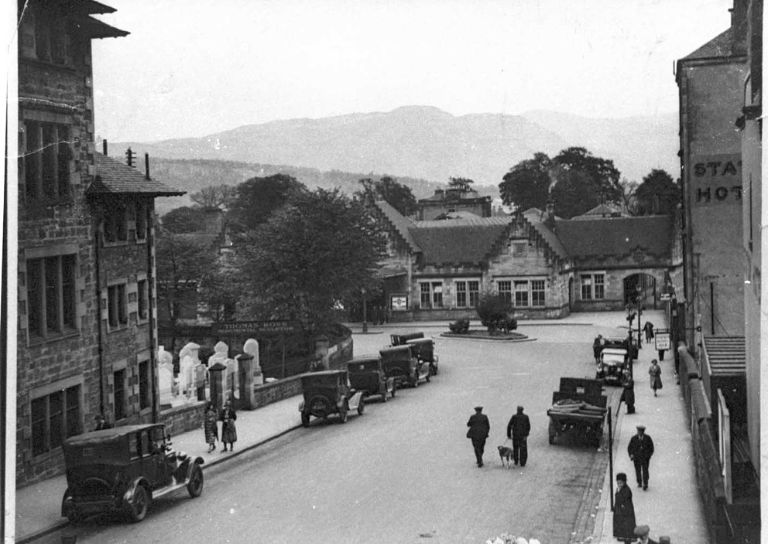
- My Favourite John Allan Building by Joe Hall
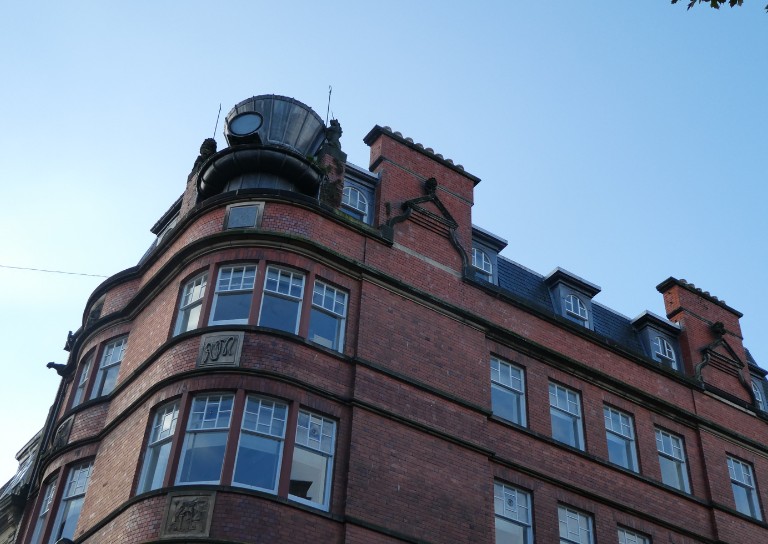
- My Favourite John Allan Building by Lindsay Lennie
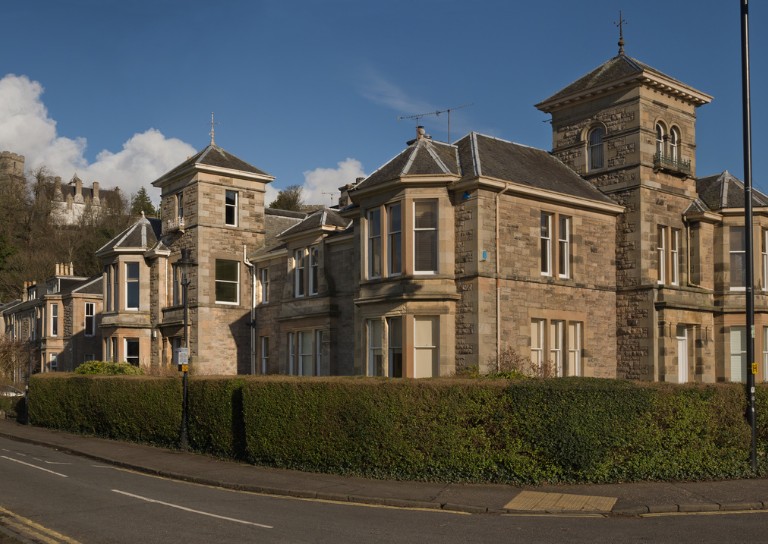
- My Favourite John Allan Building by Andy McEwan
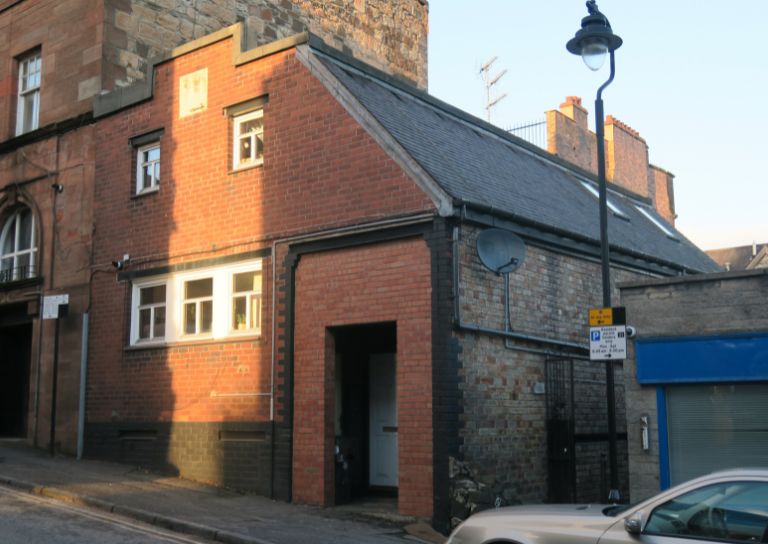
- My Favourite John Allan Building by Pam McNicol
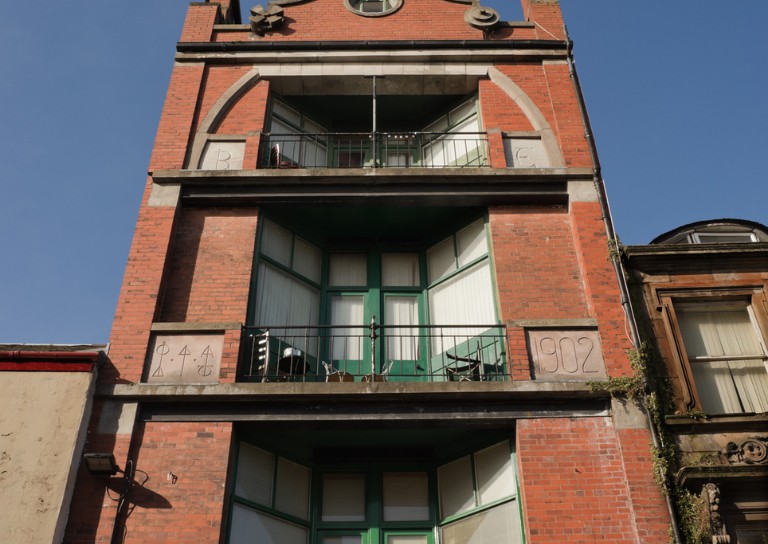
- Celebrating John Allan: A Man of Original Ideas
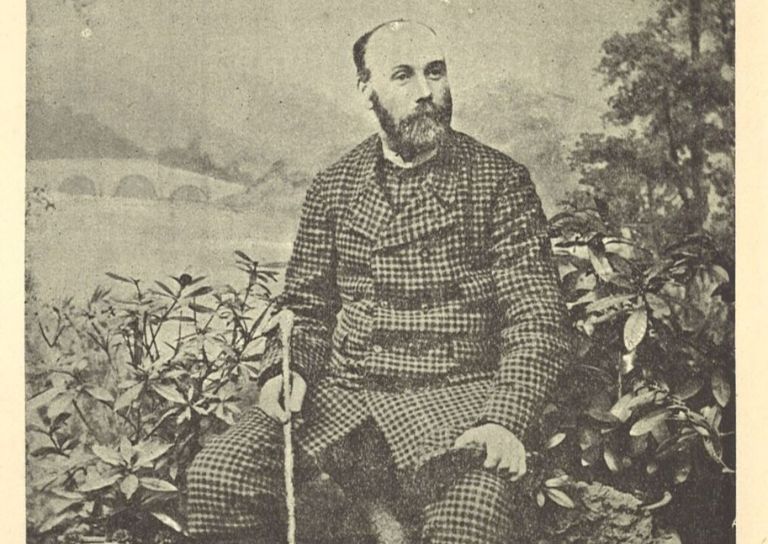
- The Tale of the Stirling Wolf
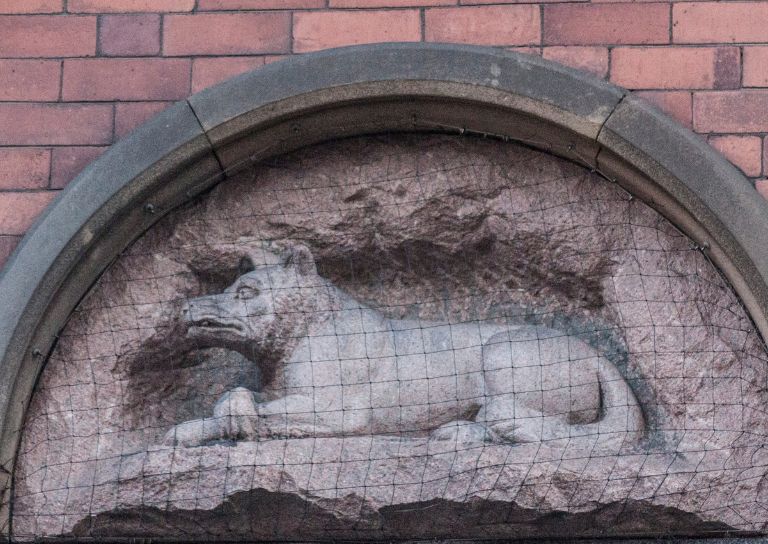
- Stirling: city of culture
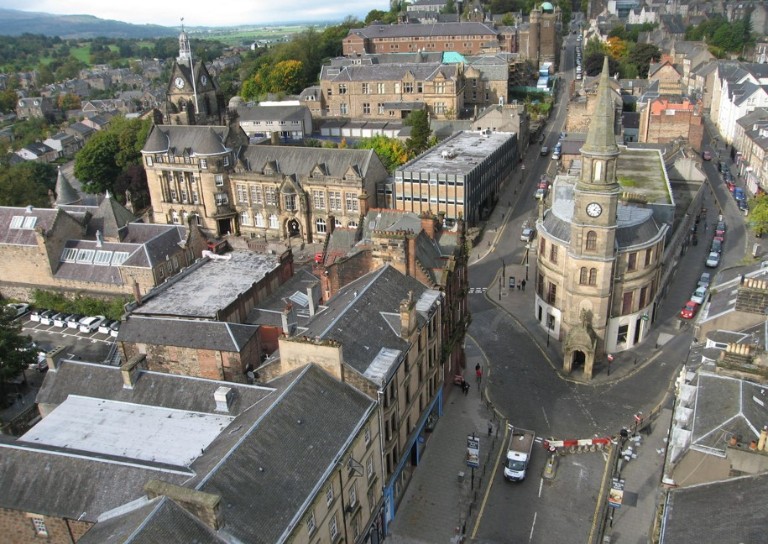
- Christmases Past in Stirling
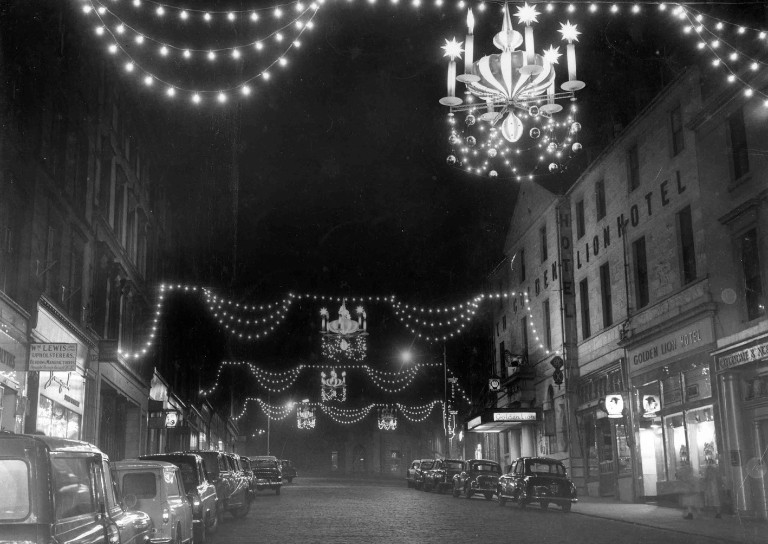
- Stirling’s Historic Graveyards
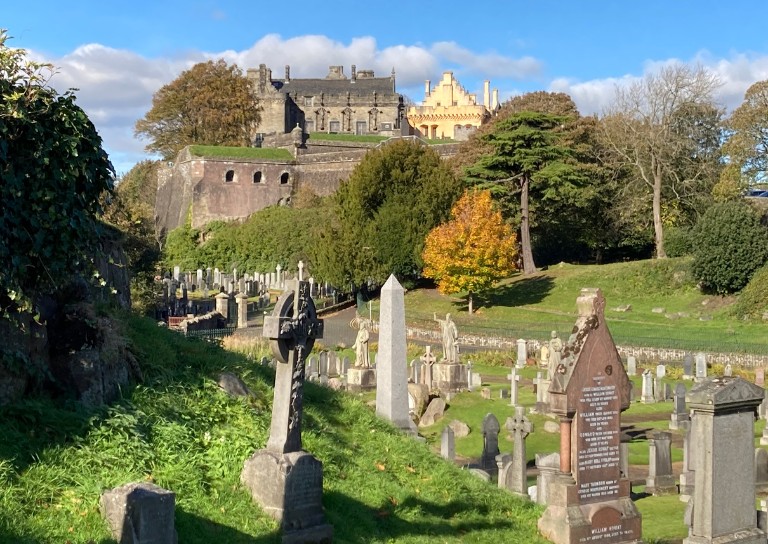
- Top 10 Tips for Architectural Photography
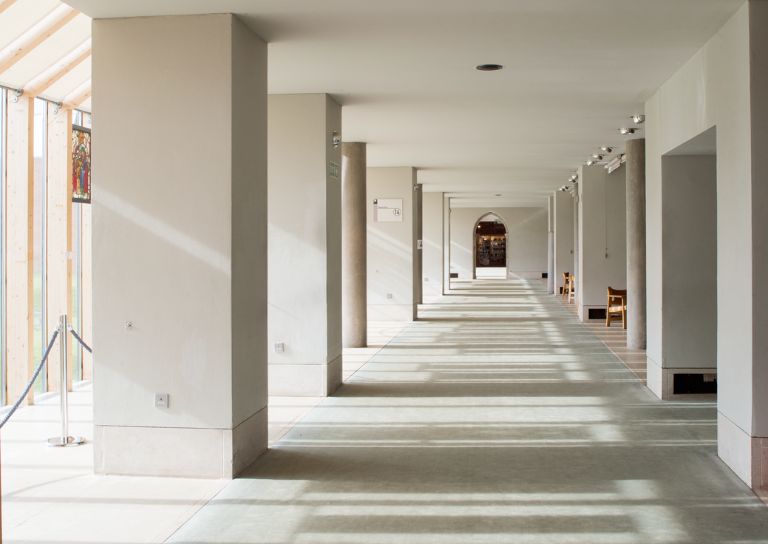
- An Interview with David Galletly
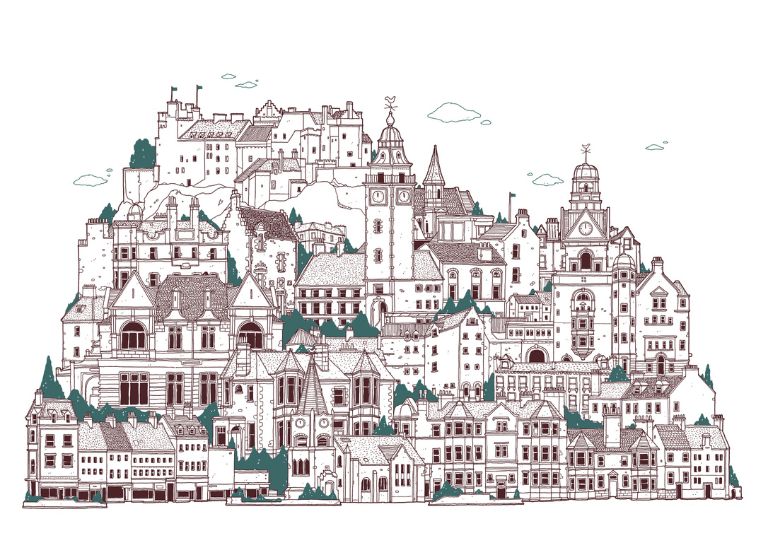
- Springtime in Stirling
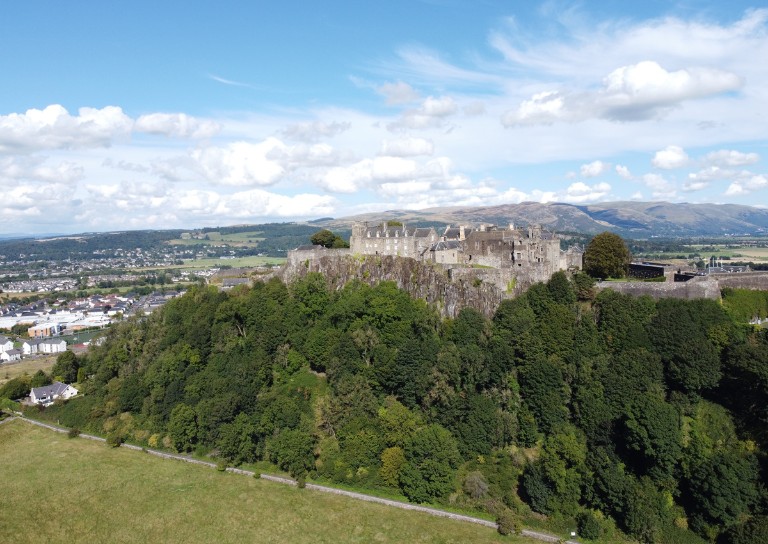
- The Kings Knot – a history
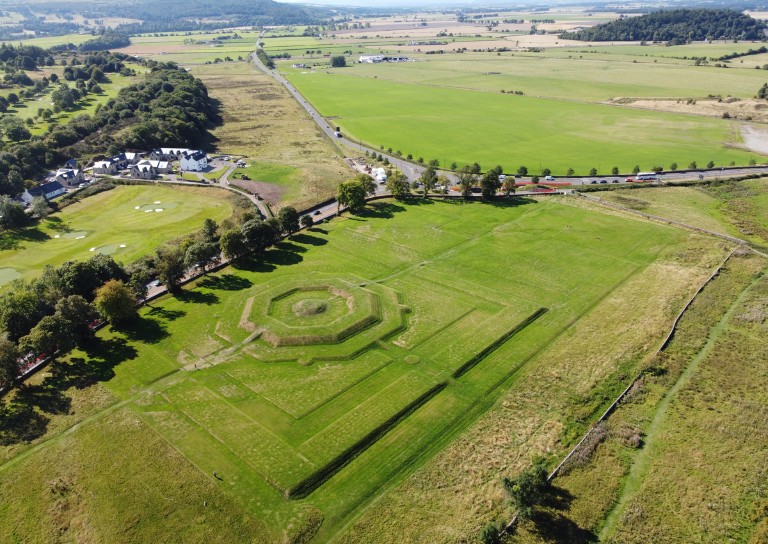
- A Future in Traditional Skills

- Robert Burns’ First Trip to Stirling

- Stirling’s Witches
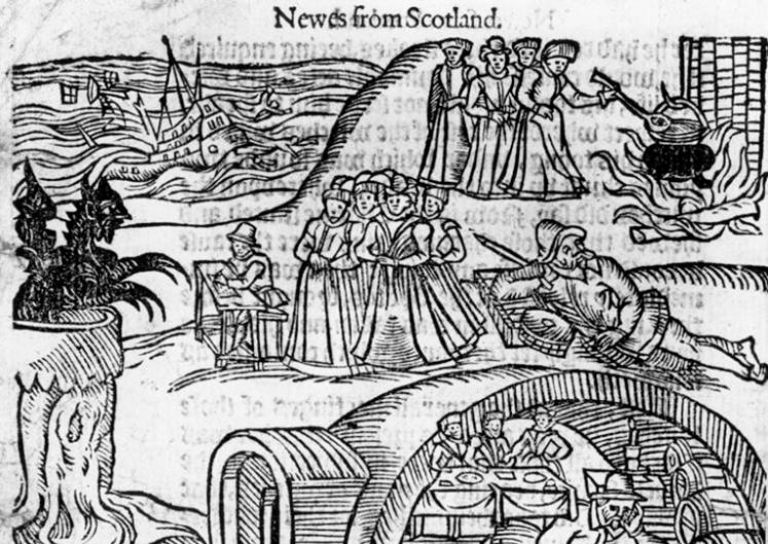
- Stirling’s Ancient Wells
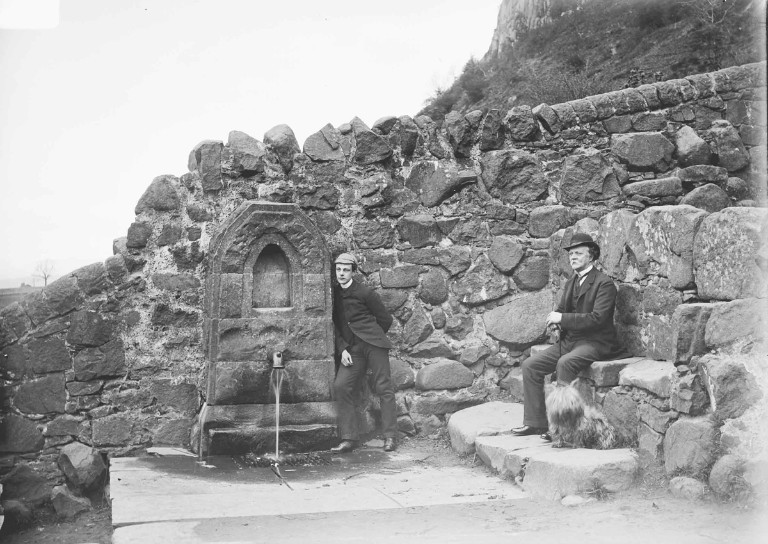
- An architecture student’s take on the City Of Stirling
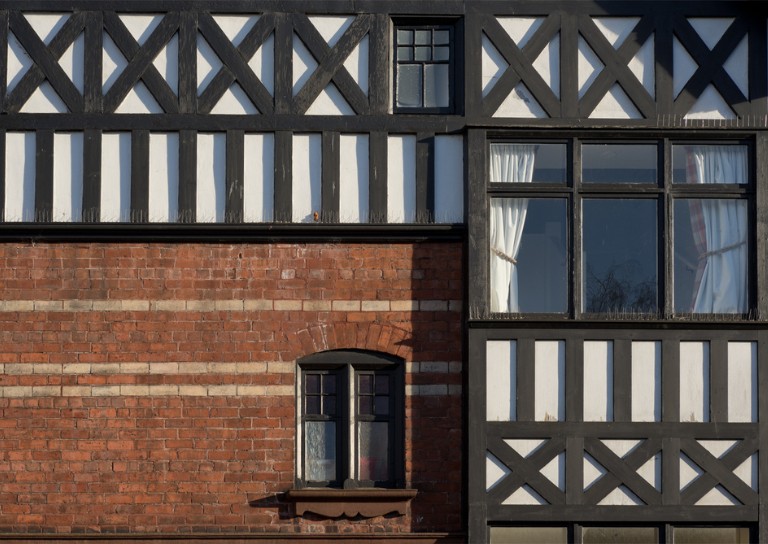
- Ronald Walker: Stirling’s Architect
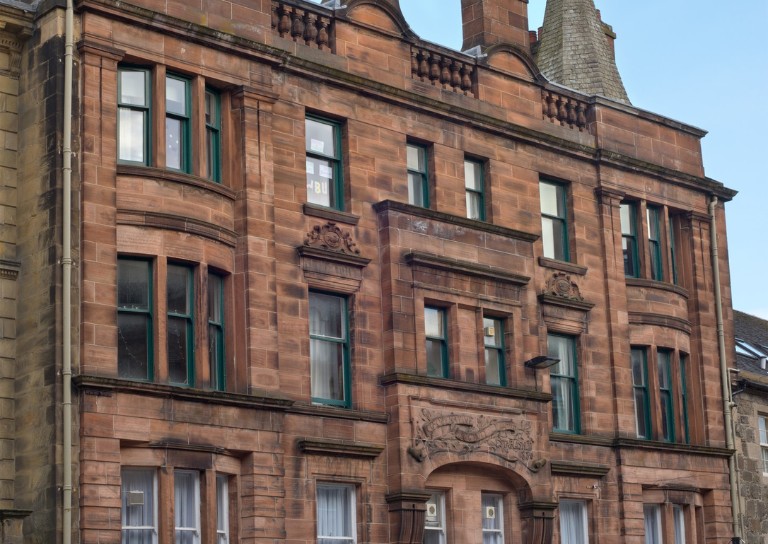
- Stirling’s Statues
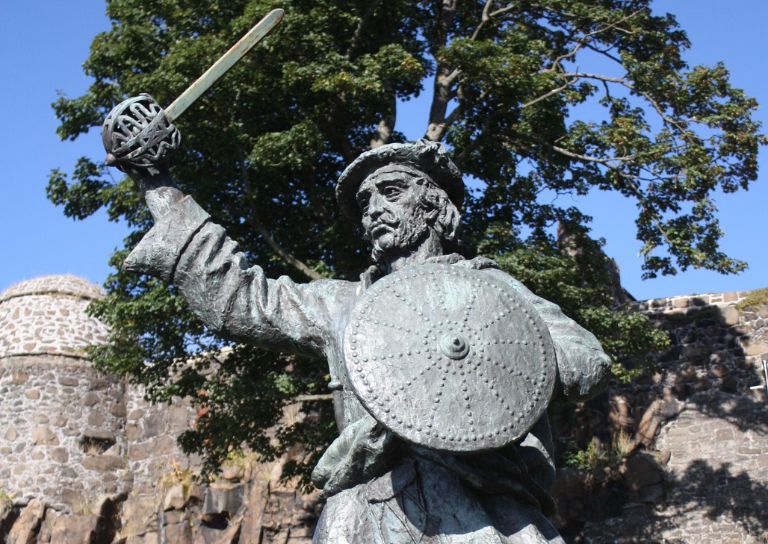
- Stirling’s Wee Bungalow Shops
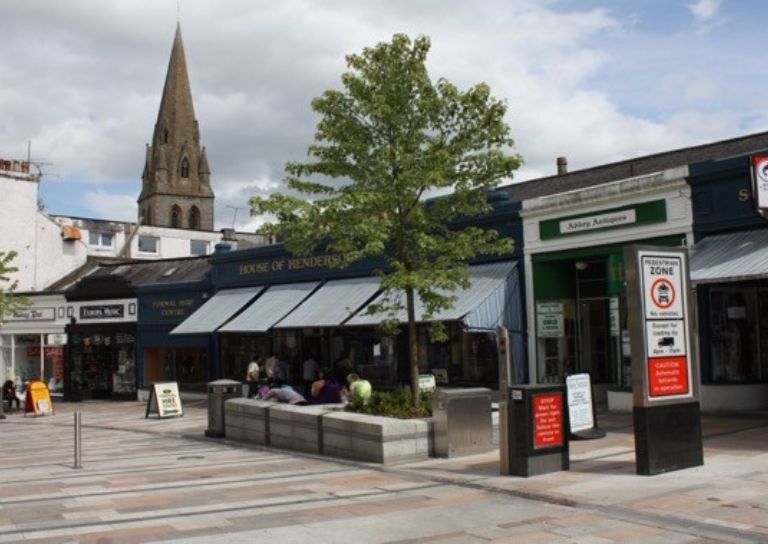
- Stirling’s Historic Hospitals
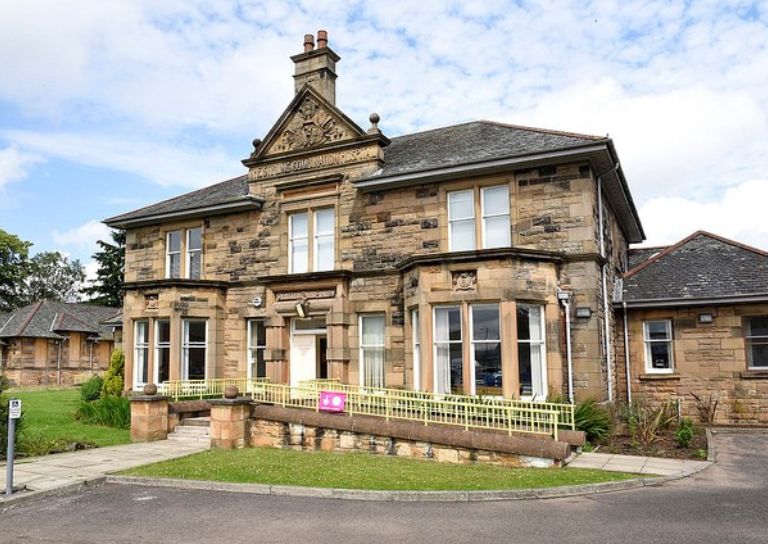
- Women in Digital Innovation and Construction
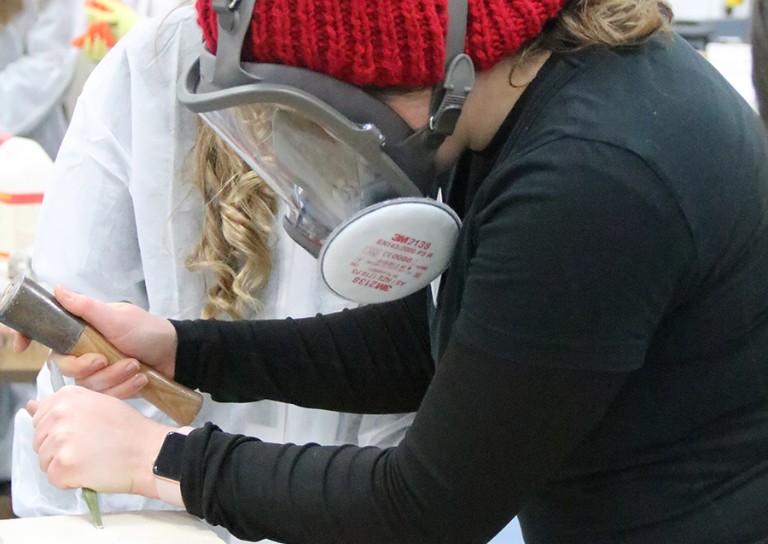
- Heritage at home: 8 of the best online heritage resources
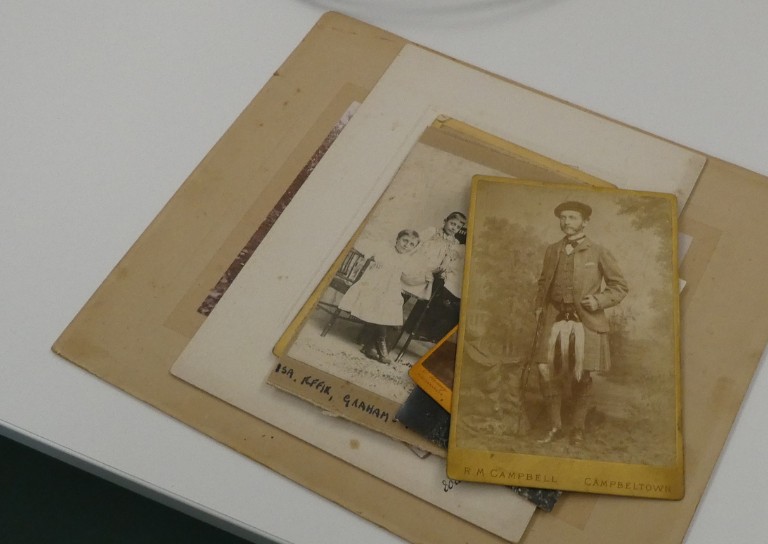
- Stirling featured at virtual heritage conference
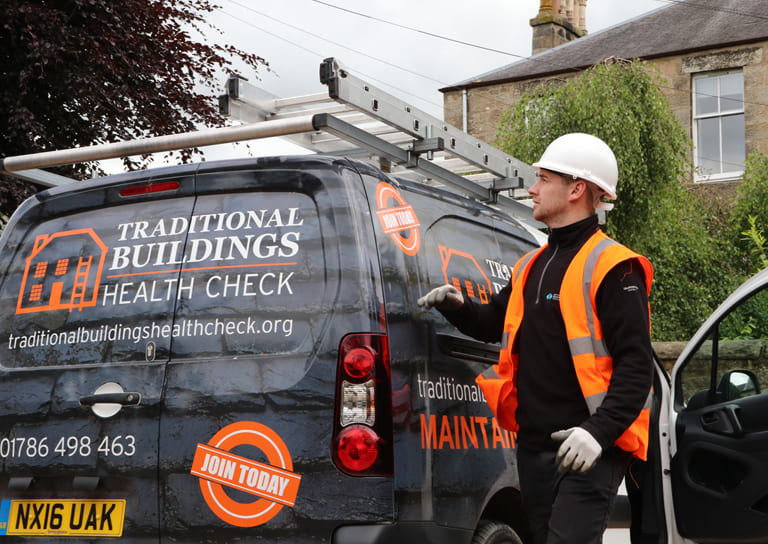
- Five of Stirling’s greatest John Allan buildings
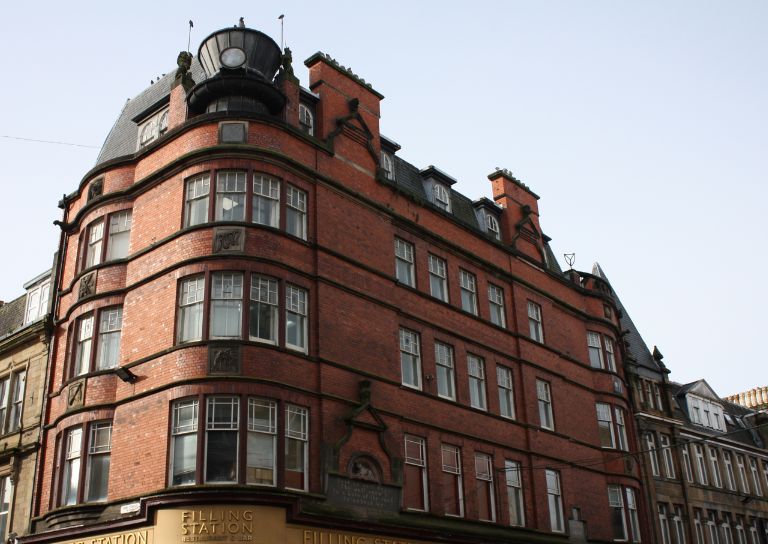
- Women in Construction – Stirling event report

- Scotland’s trailblazing women architects
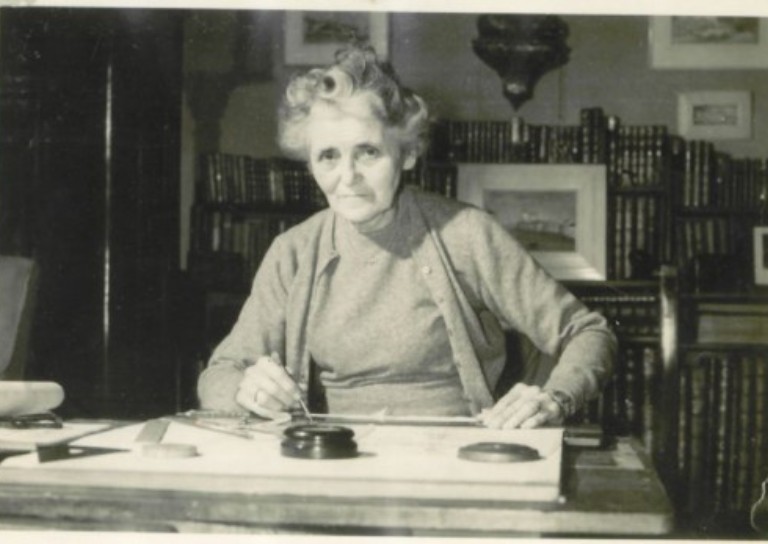
- Stirling’s Heritage: Spotlight on The Granary
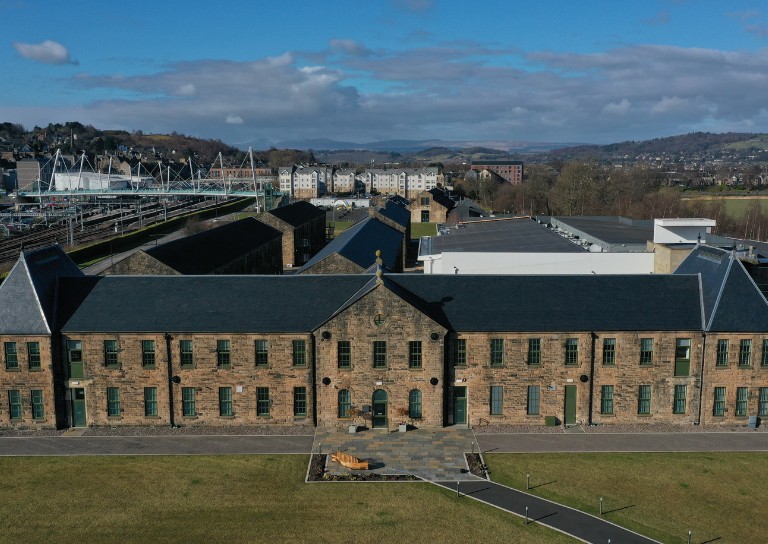
- TBHC Scheme now open to properties in Dunblane and Blairlogie
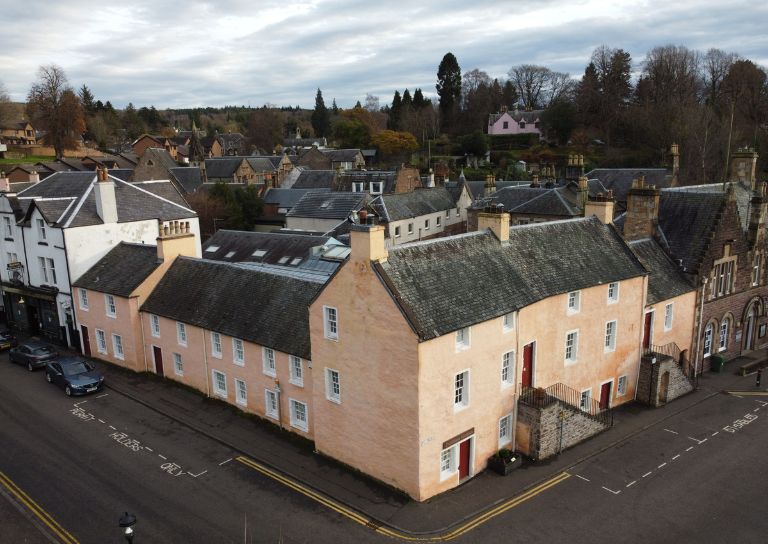
- How drones help us inspect traditional buildings
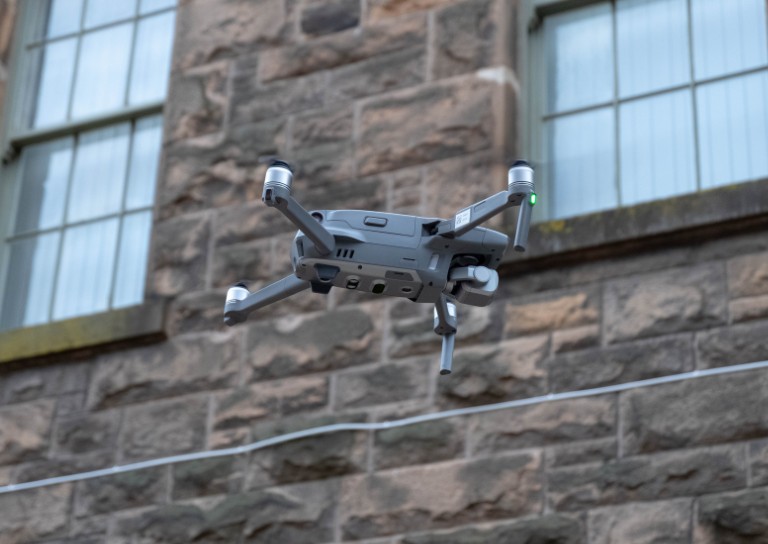
- Hazardous Masonry & Masonry Falls
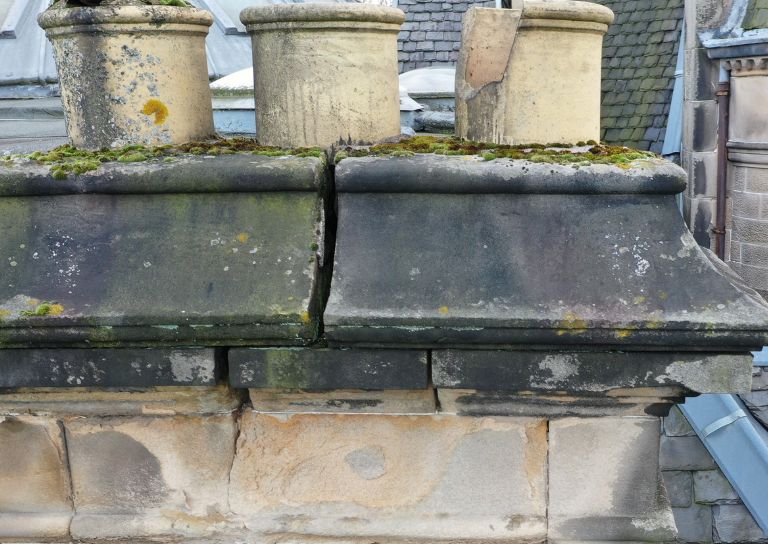
- Mason Bees: What’s the Buzz?
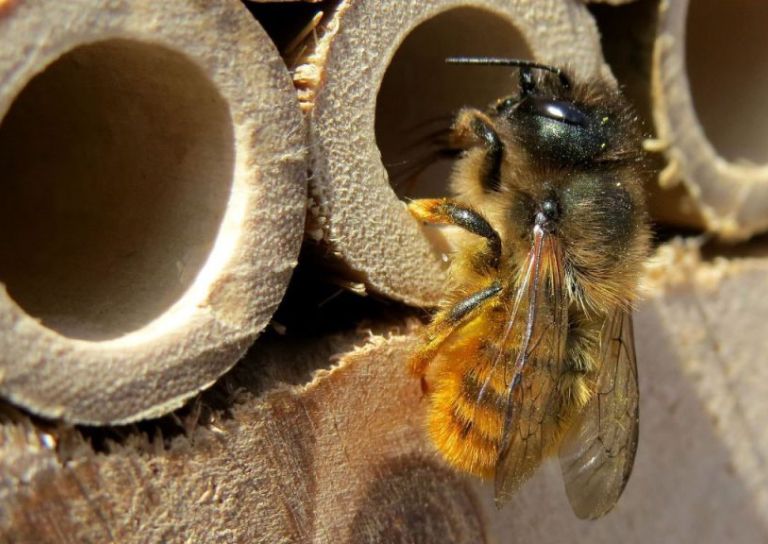
- Stirling Traditional Skills Demonstration Day Success!
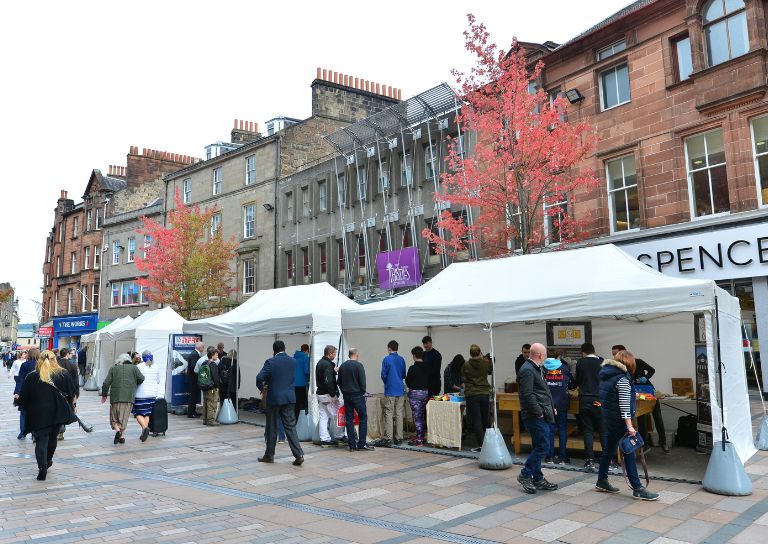
- Floating Head Sculpture at Garden Glasgow Festival 1988
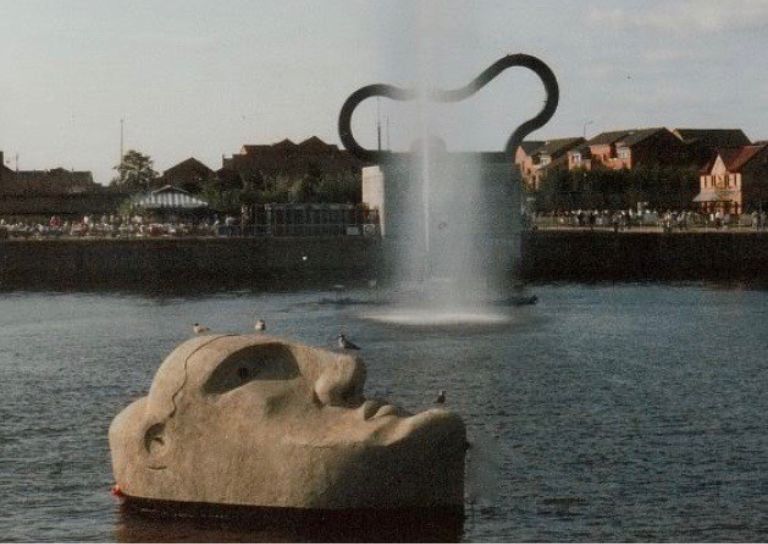
- The story behind Paisley Abbey’s Alien gargoyle
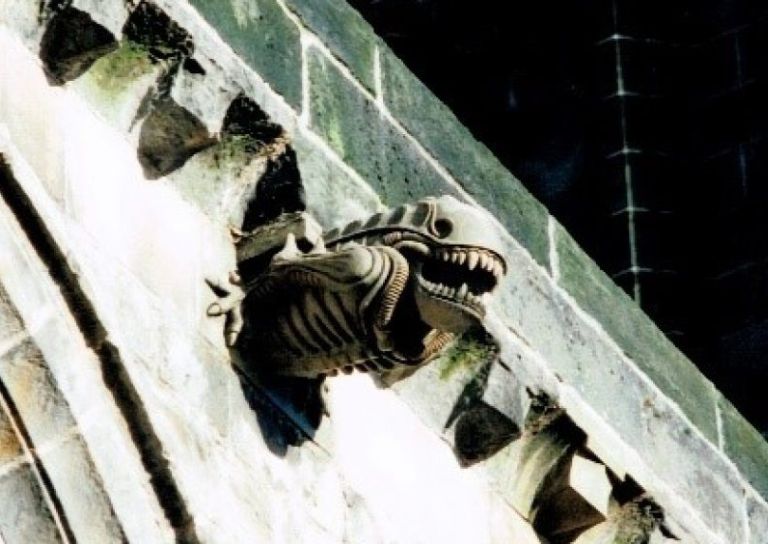
- Cambuskenneth Abbey

- Stirling City Heritage Trust Publications

- Sharing Memories: Taking '20 Great Buildings of Stirling' into the community
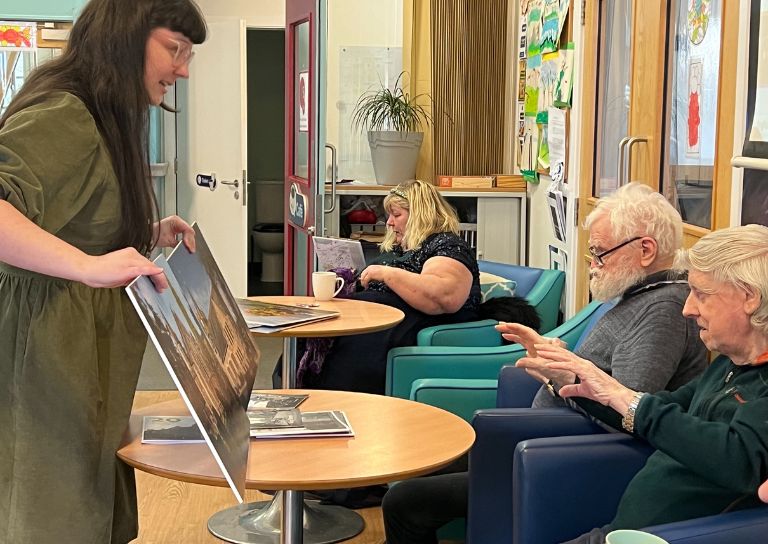
- William Wallace Statues In Stirling
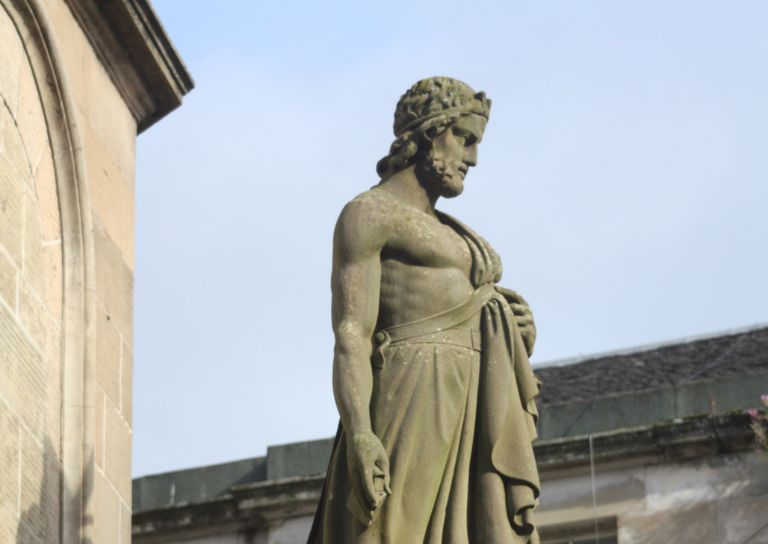
- Coronations and Royal Christenings in Stirling
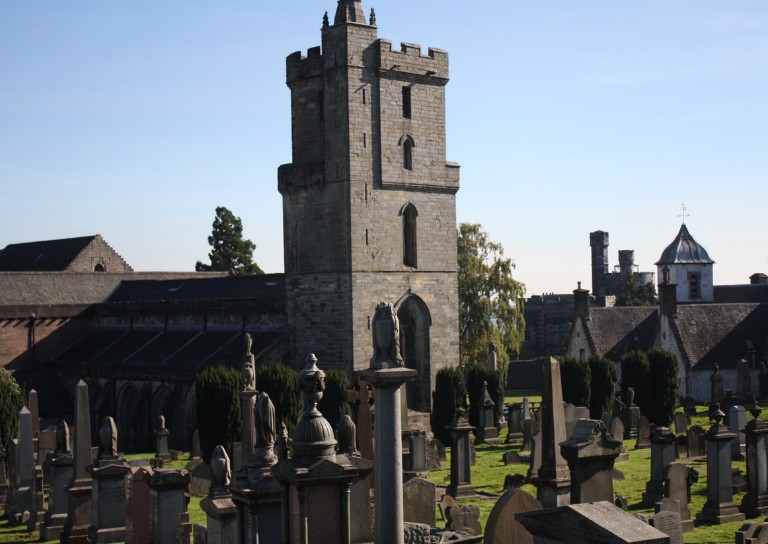
- The development of King's Park
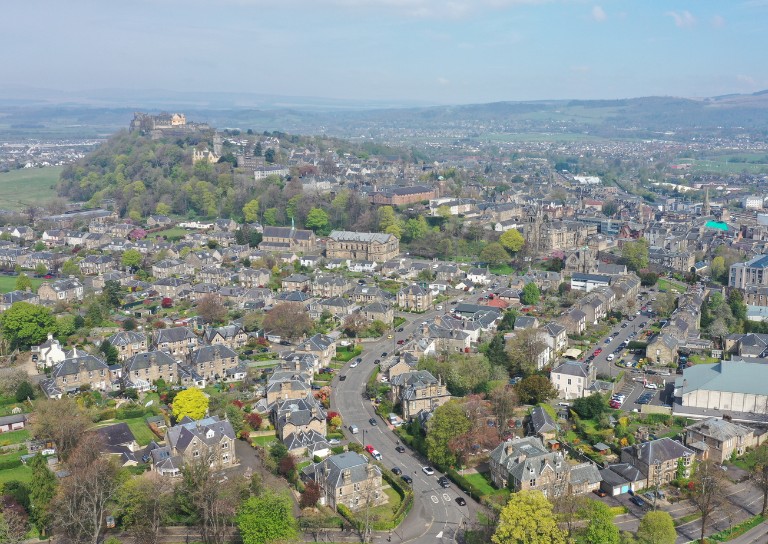
- Energy efficiency project awarded grant from Shared Prosperity Fund
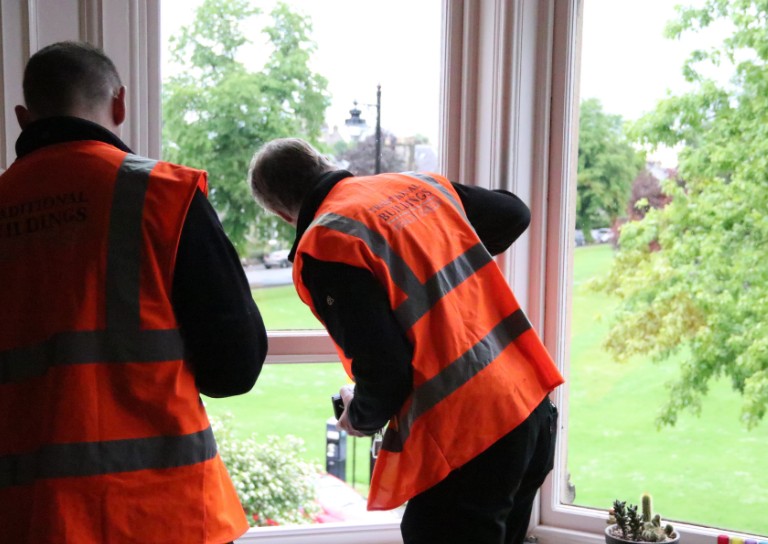
- Inspiring the Future: Stirling City Heritage Trust's Women in Construction Event at Wallace High
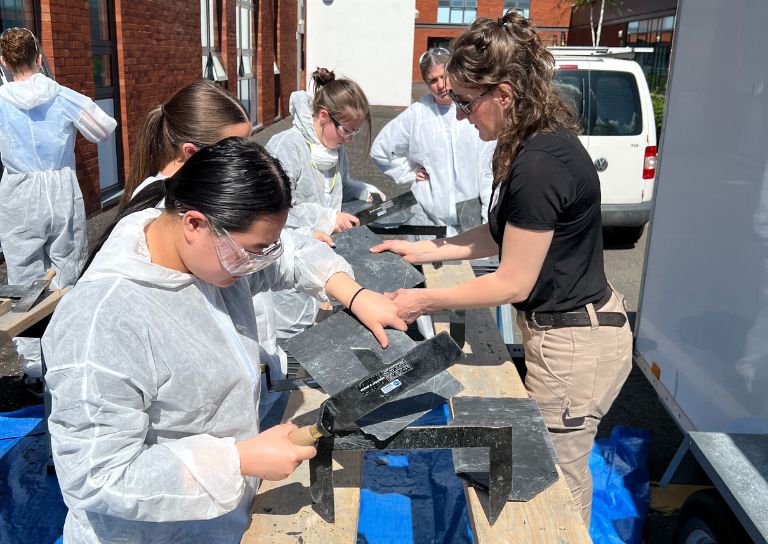
- Doors Open Days Talk: Who Built Stirling?
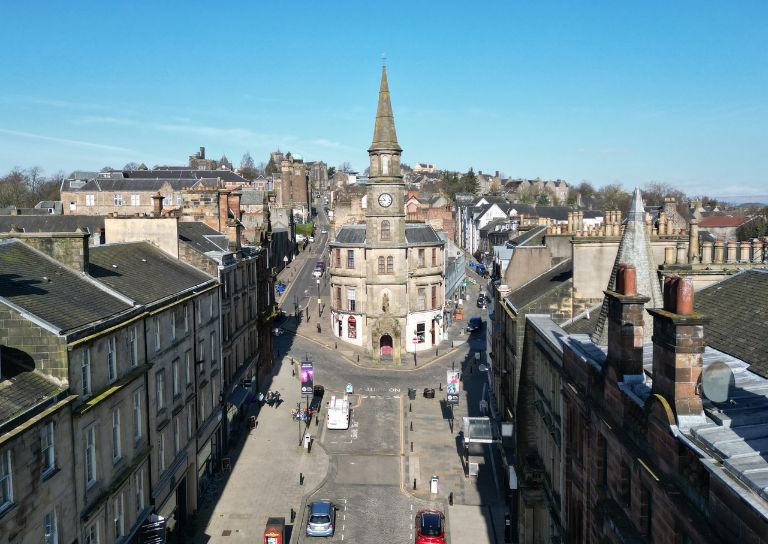
- 10 Years of the Traditional Buildings Health Check
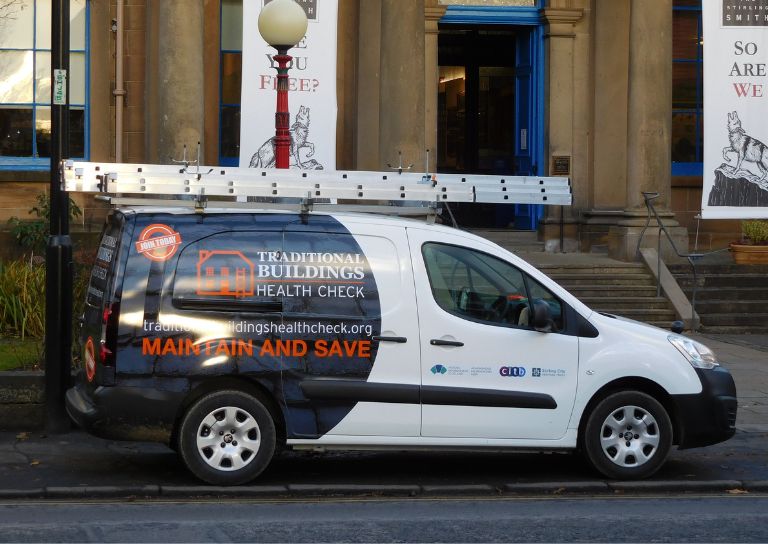
- Growing up in Stirling: A Night of Reminiscence at The Smith
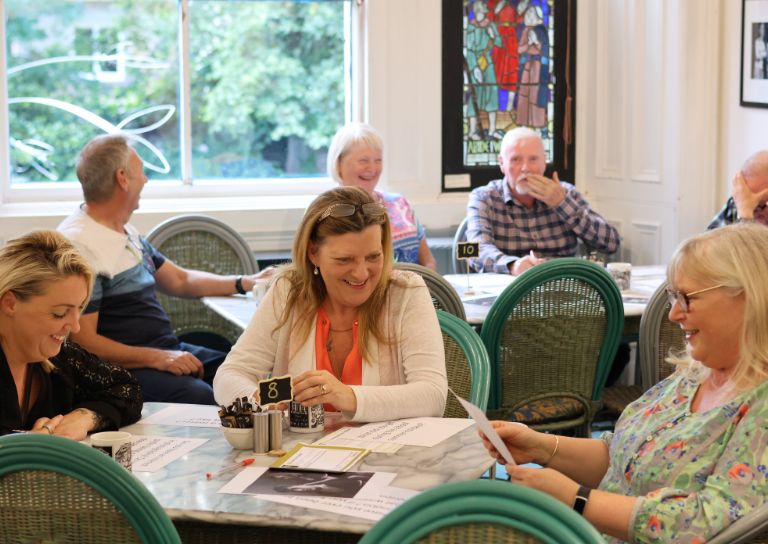
- SCHT visit to Brucefield Estate, Forestmill, Clackmannanshire
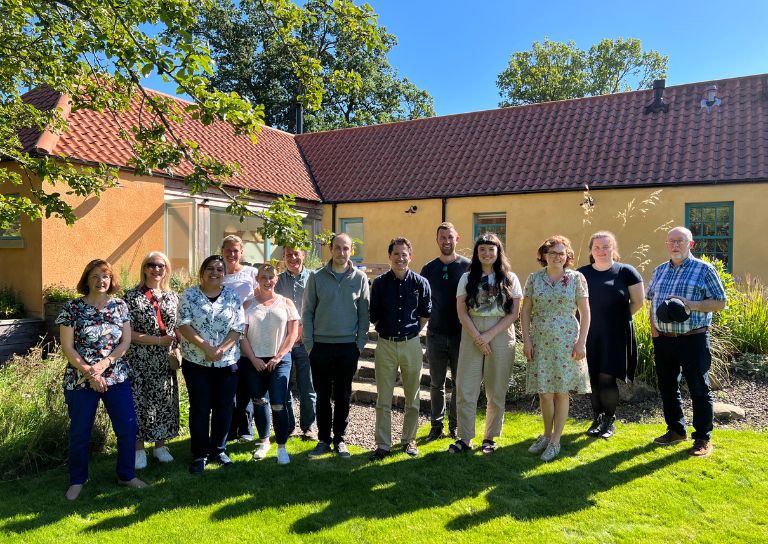
- Statement on Christie Clock
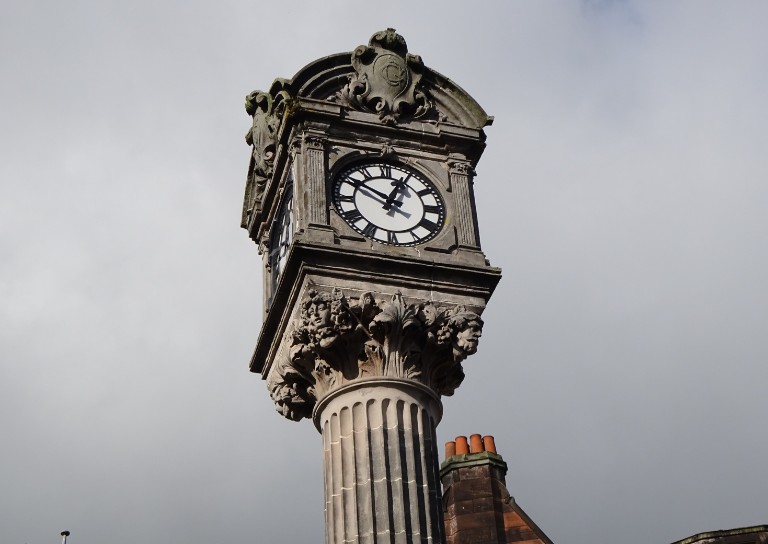
- Stirling’s Lost Skating Heritage
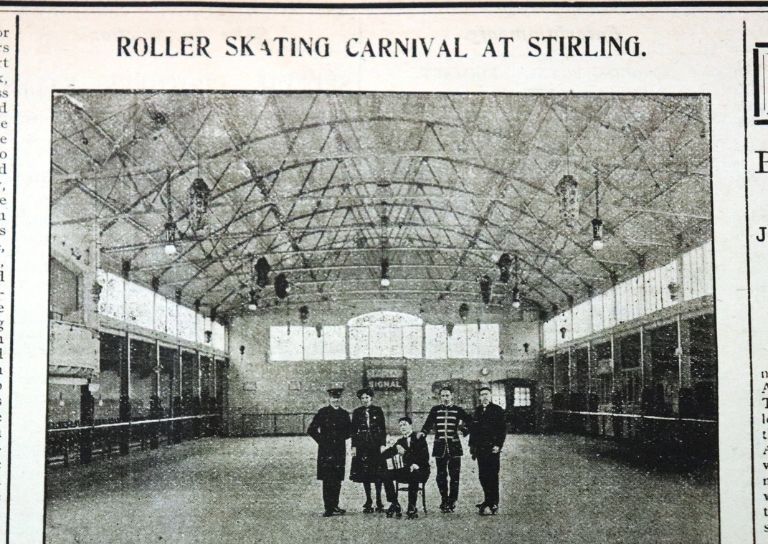
- Laurelhill House and the West Indies
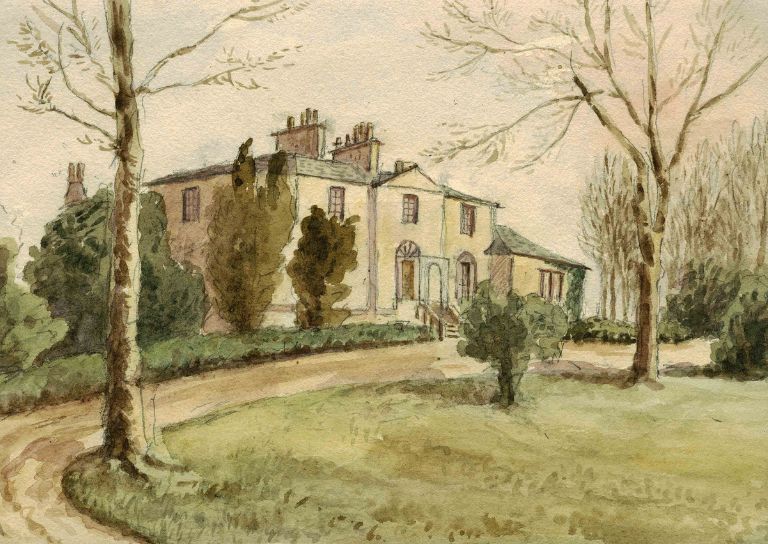
- Beechwood House and the Transatlantic Slave Trade
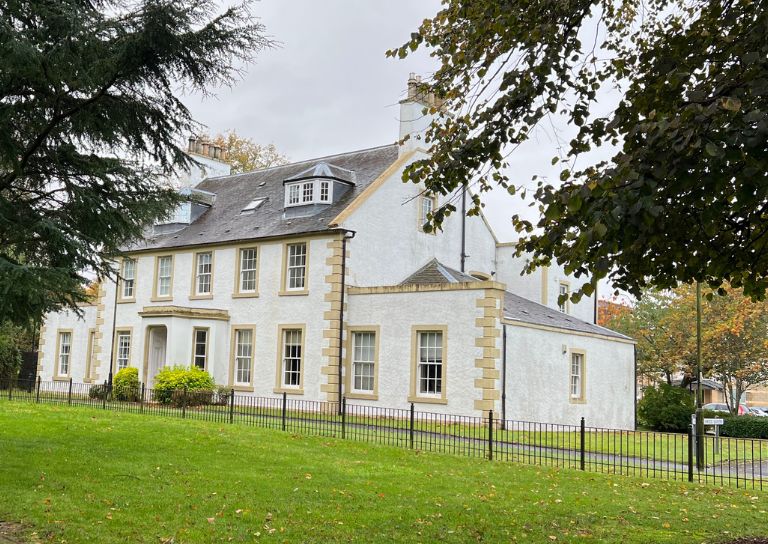
- Retrofitting Traditional Buildings
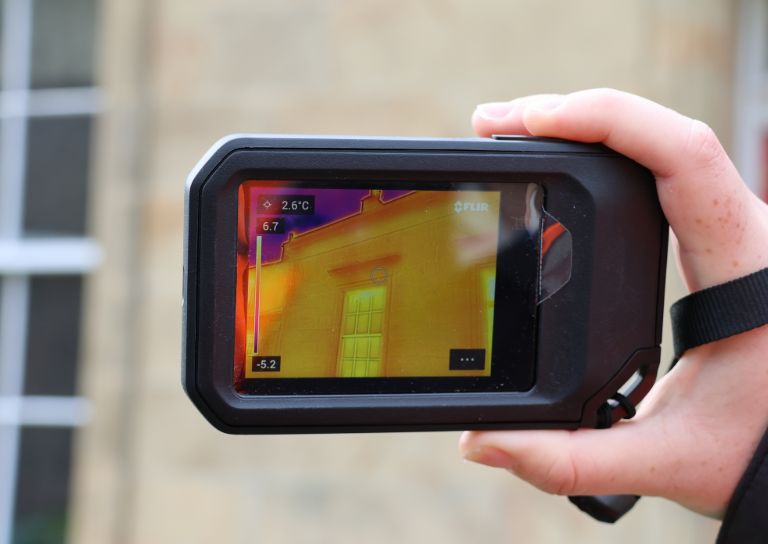
- Building Resilience: Maintaining Traditional Buildings
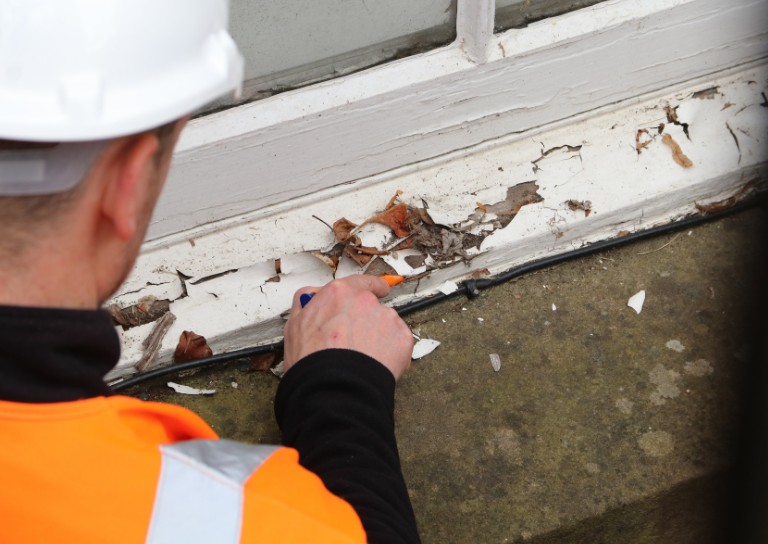
- Shopping Arcades
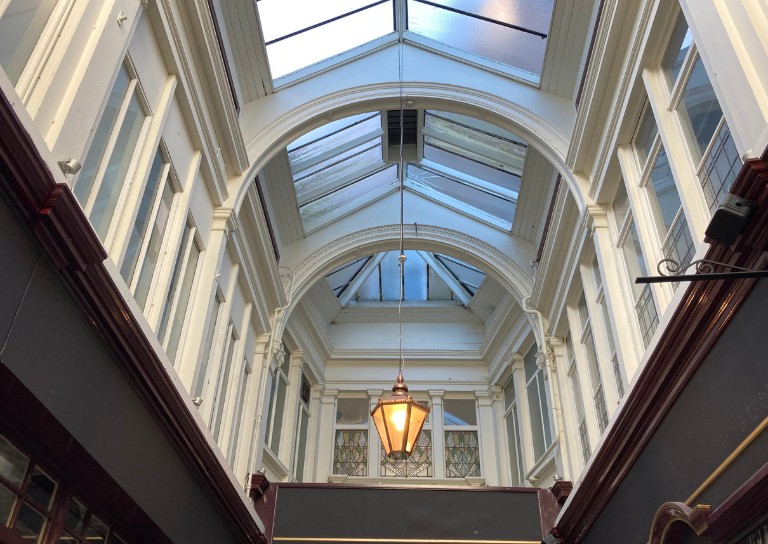
- Retrofitting Traditional Buildings: Fabric First
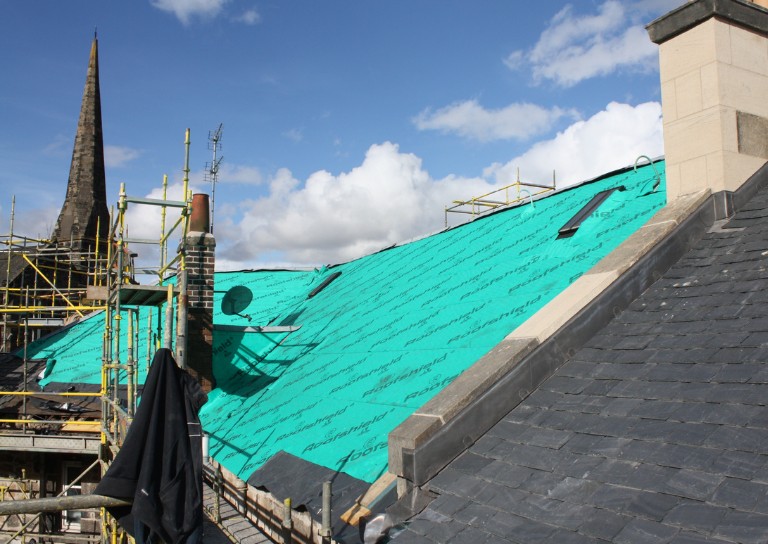
- Stirling Reminiscence Box
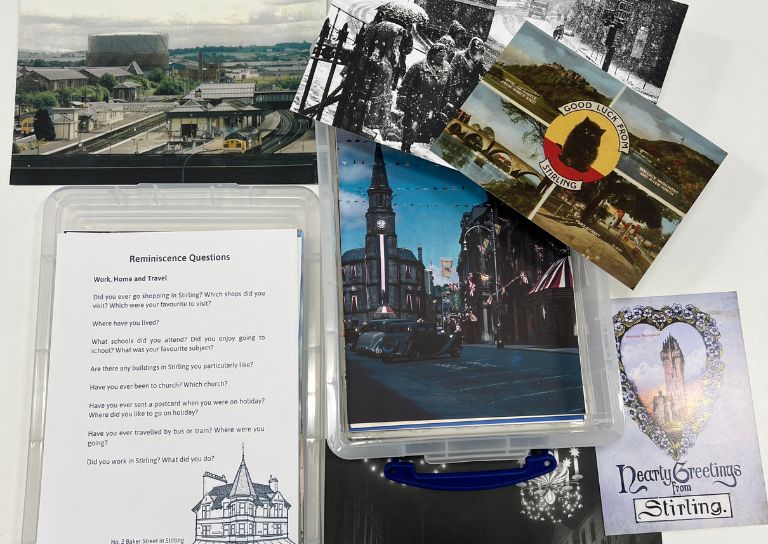
- Level 3 Award in Energy Efficiency for Older and Traditional Buildings Retrofit Course (2 Day)
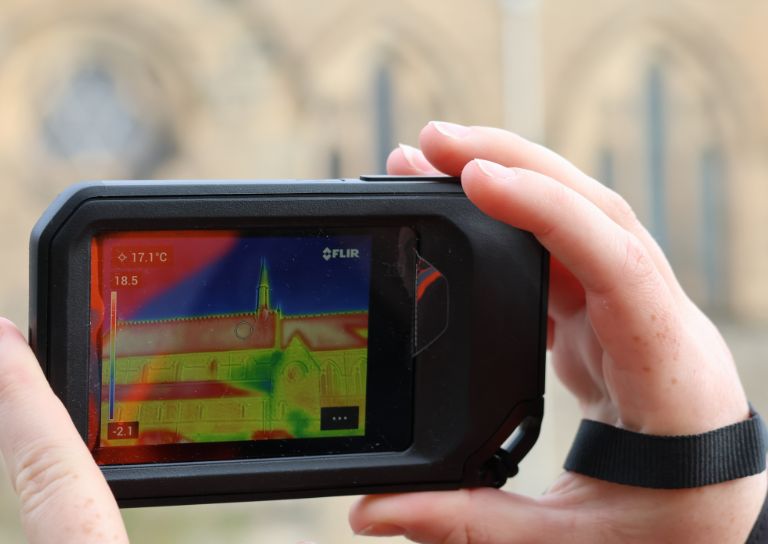
- New Retrofit Service now available for Traditional Buildings Health Check Members

- Retrofitting Traditional Buildings: Windows
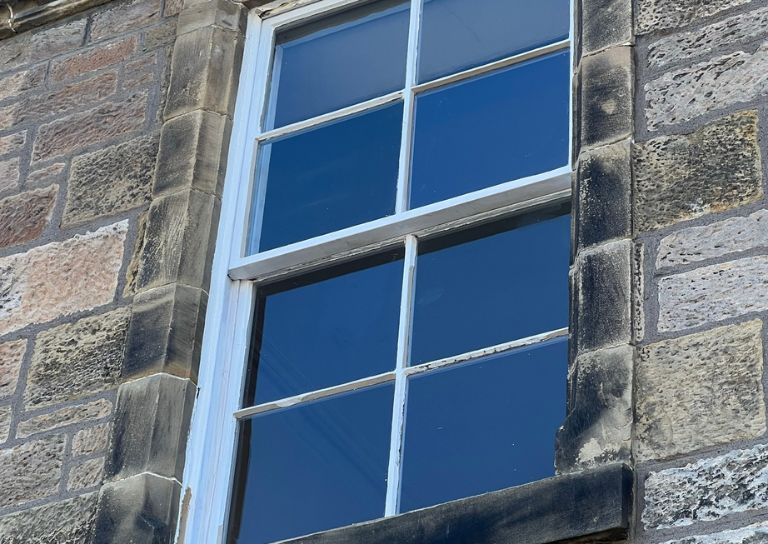
- Architects and The Thistle Property Trust

- Retrofitting Traditional Buildings: Insulation
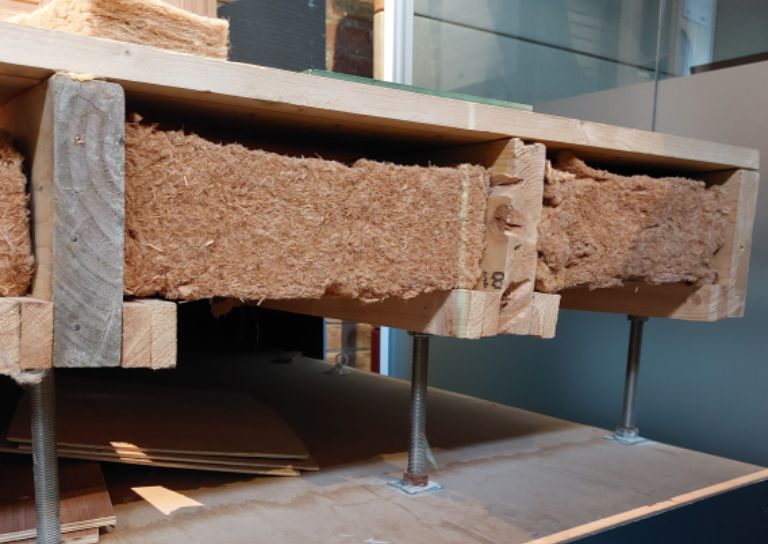
- Stirling City Heritage Trust at 20
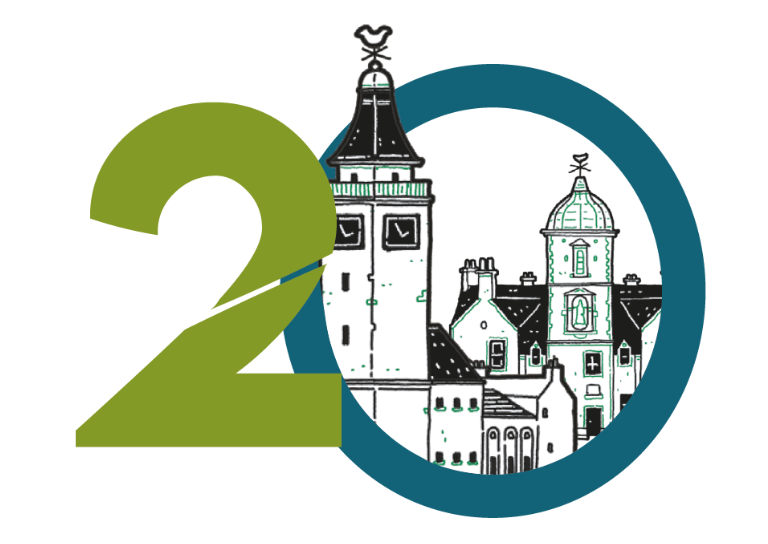
- Miss Curror and the Thistle Property Trust
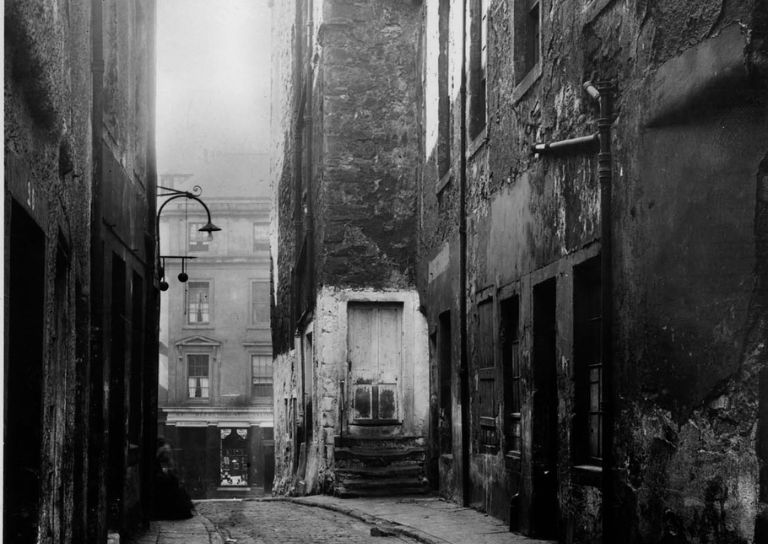
- Retrofitting Traditional Buildings: Chimneys
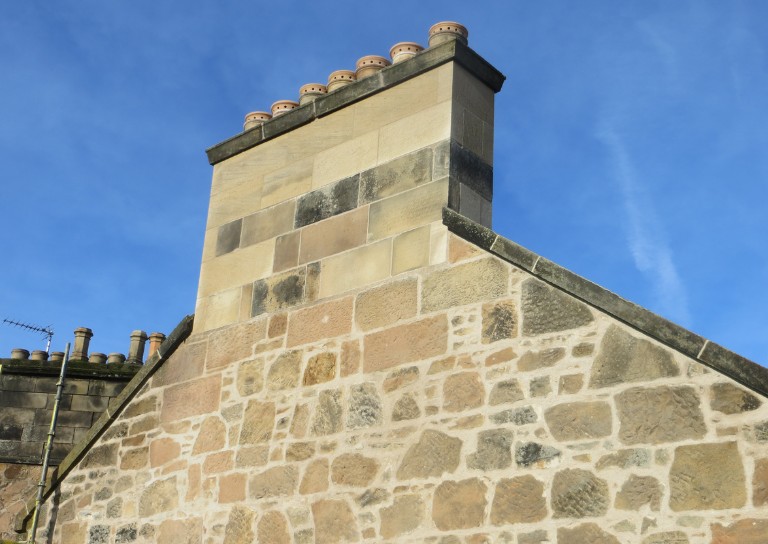
- Statement on Langgarth House

- World Heritage Day: Exploring Hayford Mill
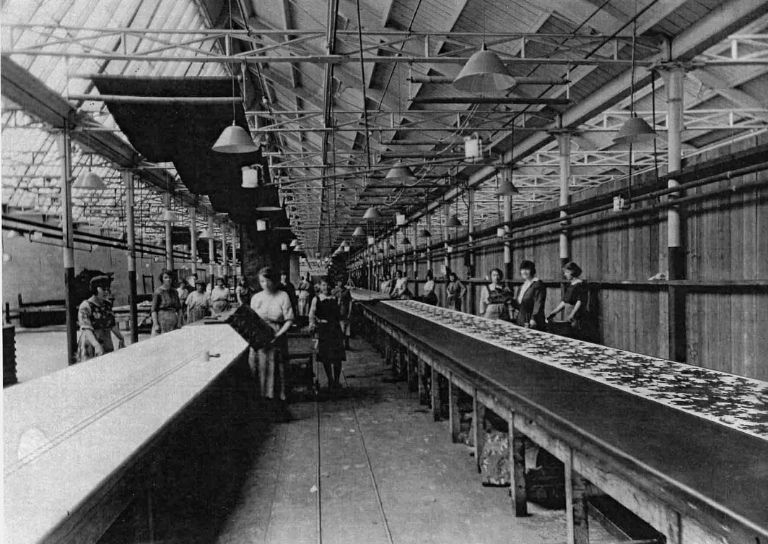
- Retrofitting Traditional Buildings: Climatic Adaptation
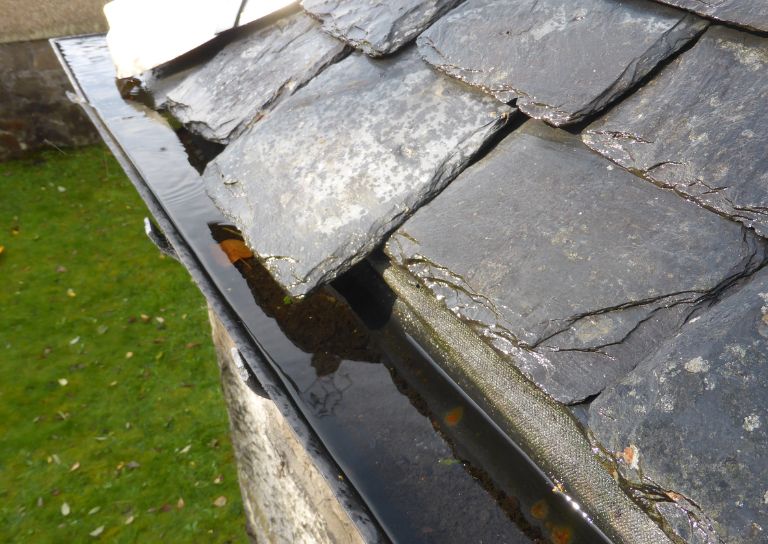
- SCHT 20: Championing Women in Construction
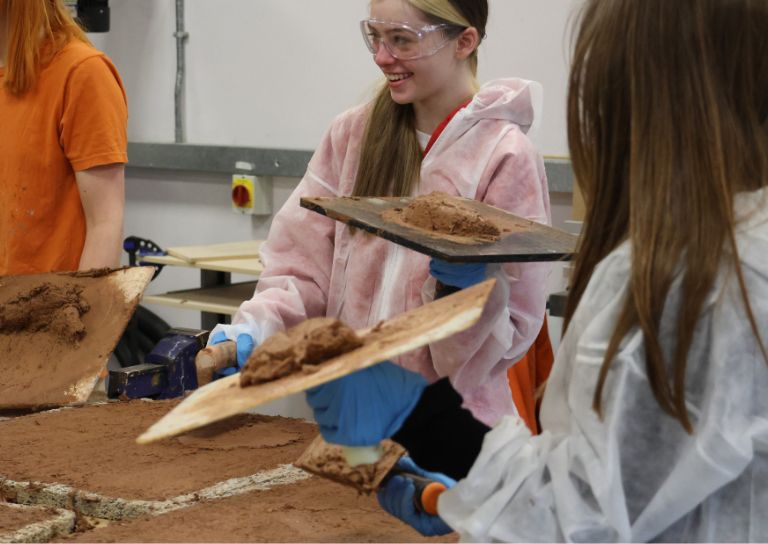
- Guest Blog: Dementia Friendly Heritage Interpretation
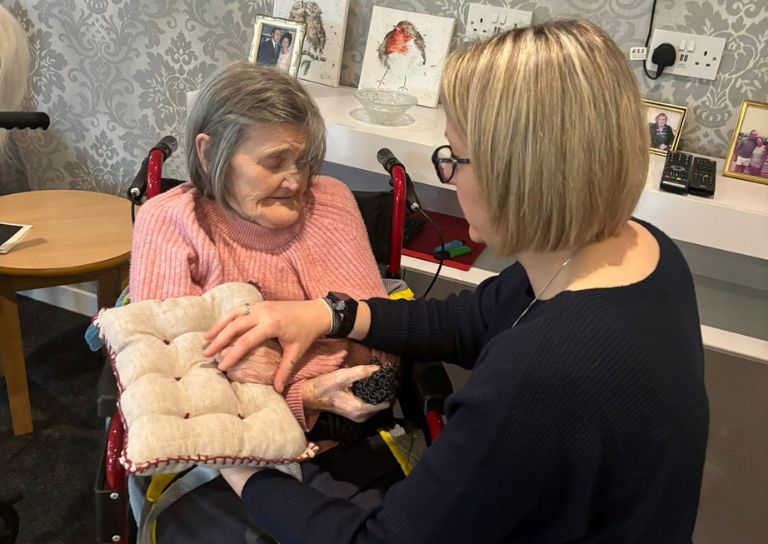
- Community Consultation launched for Stirling’s Heritage Strategy
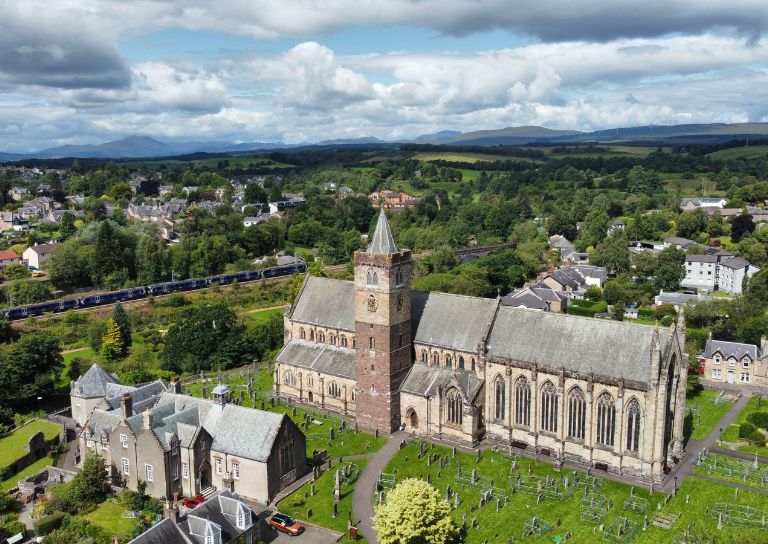
- Stirling's Lost Swimming Pools
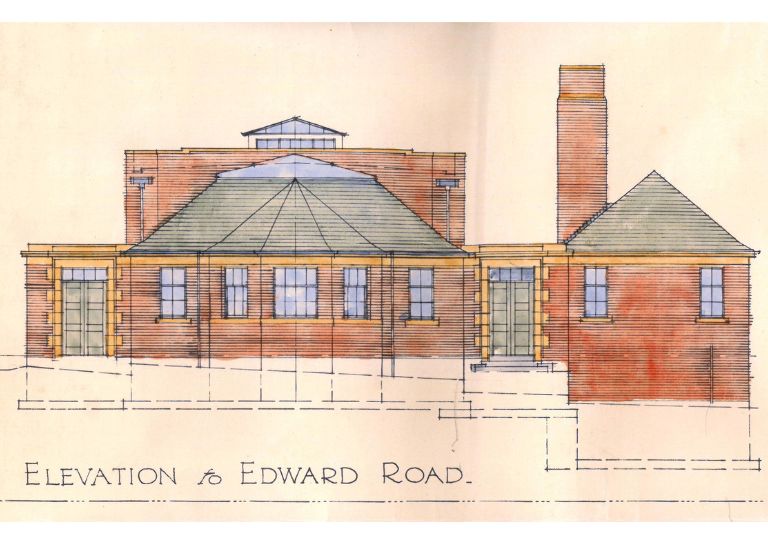
- SCHT Grant Conditions: Owners Associations
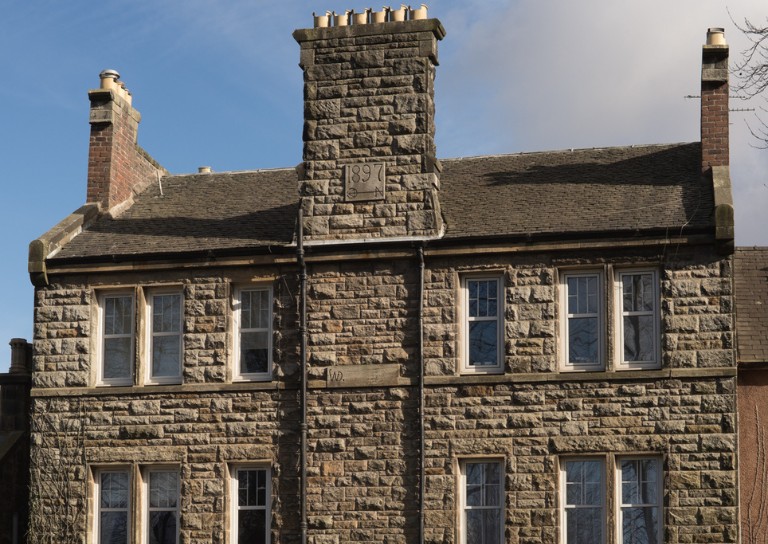
- Kings, Wolves and Drones: 20 years of care and repair at Stirling City Heritage Trust

- SVE Inspire Awards September 2024
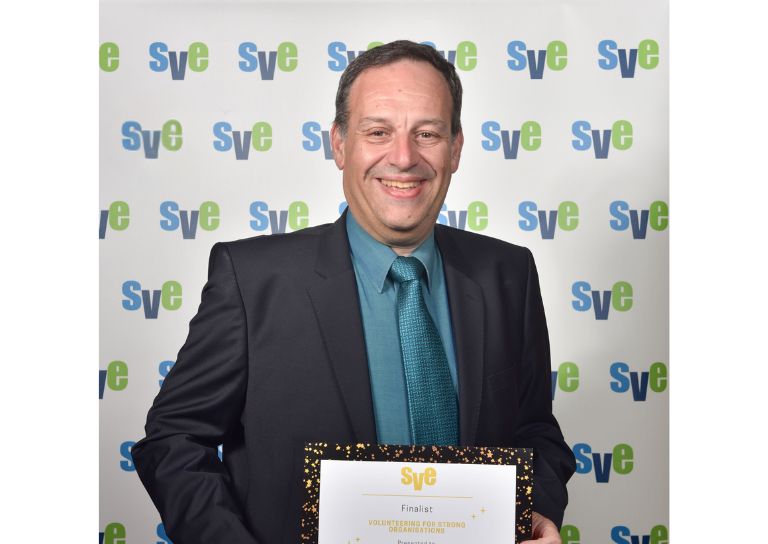
- Women in Construction at Bannockburn House
- About Us
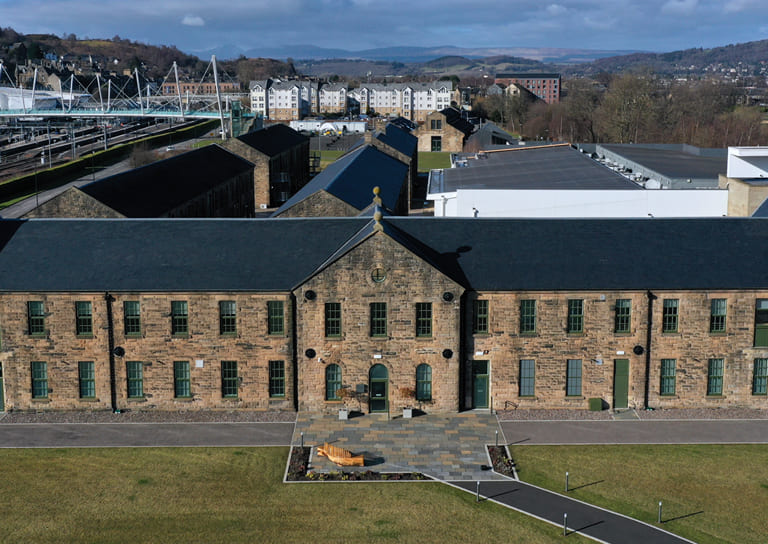
- Support Us
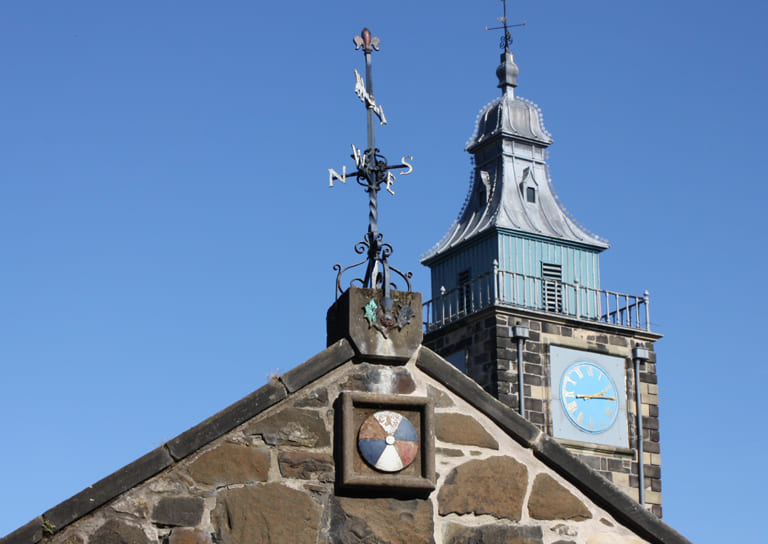
- Contact
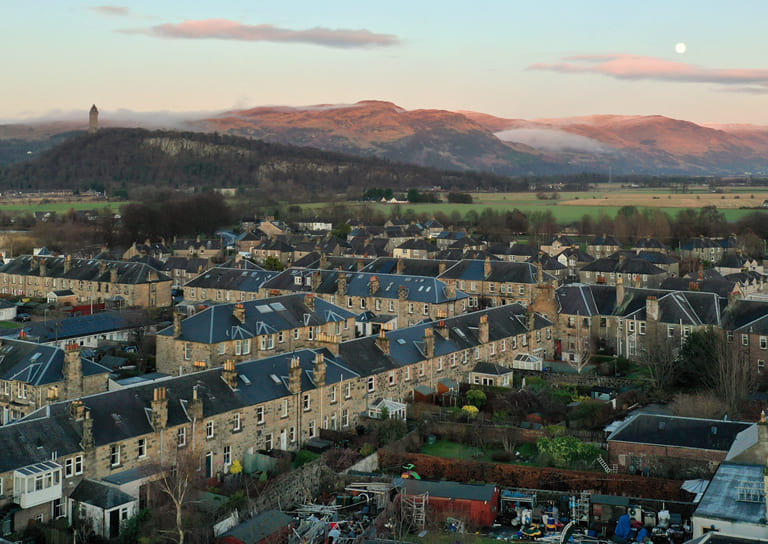
Coronations and Royal Christenings in Stirling

On 29th of July 1567 King James VI (1566-1625) was crowned King of Scotland in the Church of the Holy Rude, the second oldest building in Stirling with the oldest being its neighbour Stirling Castle. It is one of three churches in the UK to have held a coronation and still be functioning as an active place of worship, the others being Westminster Abby and Gloucester Cathedral. The coronation Celebrations included a feast in the Great Hall and a firework display on the castle Esplanade, with red and yellow fireworks matching the colours of the royal livery. On the 24th May 1997, Queen Elizabeth II visited the Church of the Holy Rude to watch a re-enactment of the coronation of James VI, and unveiled a commemorative inscription to mark the occasion.
James VI’s mother, Mary Queen of Scots (1542-1587), was crowned Queen of Scotland on September 9th 1543 at just nine-months old in Stirling Castle’s chapel. James VI demolished this chapel and erected an even grander Chapel Royal which still stands today. It was built in 1594 in just six-months for the Christening of Prince Henry (1594-1612), the first-born son of King James VI and Anne of Denmark (1574-1619). It was the last large royal building to be constructed in the castle complex, and it was also one of the first Protestant kirks built in Scotland. After the christening ceremony in the Chapel Royal noble guests were invited to the Great Hall for a feast where the fish course arrived on a large model ship.
The painted frieze which runs around the Chapel Royal was painted by Valentine Jenkin in 1628. It was part of wider works to prepare the castle for a visit from King Charles I (1600-1649) after he was crowned in England in 1625. Unfortunately, Charles I didn’t make his way to Stirling Castle until 1633 and even then he only stayed a few days. His son, Charles II (1630-1685) stayed at the Castle in 1650, he was the last monarch to visit Scotland until George IV’s visit in 1822, and the last reigning monarch to stay at Stirling Castle.
The Stone of Destiny
Ahead of the coronation of King Charles III, Historic Environment Scotland’s Digital Documentation Team, based at The Engine Shed in Stirling, scanned the Stone of Destiny. These scans revealed previously unseen roman numerals and a 3D model of the Stone is now available to view on Sketchfab. The scans have also been used to create an exact scale 3D printed replica of the Stone, which has been used to help preparations for placing it in the Coronation Chair in Westminster Abbey. The Stone of Destiny was removed from Edinburgh Castle on the 28th April in a specially constructed oak carrier designed by Historic Environment Scotland’s joinery and conservation teams. It will be placed within the Coronation Chair for the ceremony, before returning home to Scotland.
Since 1996 it has been on display at Edinburgh Castle in the Crown Room, but in 2020 the Scottish Government announced that the stone will be relocated to Perth Museum after its redevelopment. Perth Museum will reopen in spring 2024 in Perth City Hall.

